-
-
-
-
-
Currency
fashion
Recycled Fashion Is On The Rise, So What Does That Mean For The Old Clothes In Your Wardrobe?


Hands up if you’ve spent hours of your life googling “how to recycle [insert random household object here]”.

Documented By: Pexels
Hands up if you’ve spent hours of your life googling “how to recycle [insert random household object here]”.
Recycling isn’t the most glamourous domestic duty, but we do it anyway, because we love the planet and hope that our extra effort will mean materials can be recovered and used again.
By now, you hopefully know what to do with those pesky Tetra Paks, empty wine bottles and soft plastics. But what about your clothes? Your first thought might be to donate them to a charity store, but that’s a no-go for damaged goods. Charity stores are inundated with unsellable items that are often landfilled or shipped overseas, so please think twice before sending that stained jumper to your local op shop.
But it must go somewhere, right?
A beloved ripped T-shirt recently sent us down a clothing recycling rabbit hole. With no simple recycling solution available for textiles in most parts of the world, we were determined to figure out how the fashion industry plans to tackle this form of waste. Here’s what we discovered during our deep dive.
How big is the textiles waste problem?

Documented by: Ron Lach
How big is the textiles waste problem?
The rate and pace of clothing production creates a significant waste problem. The Ellen MacArthur Foundation, an organisation fast-tracking the transition to a circular economy, estimates one truckload of clothing is burned or buried in landfill every second. In Australia, 87.5 per cent of discarded clothing is sent to landfill giving textiles the lowest recovery rate of any waste type. While globally, only 12 per cent of clothing is recycled and less than 1 per cent is used to make new fibres.
Throwing out clothes that could be repurposed into new products is a massive waste of resources. Not to mention all the labour that went into making garments in the first place. It’s also a wasted opportunity to lower the impact of the fashion industry: improving recycling rates has the potential to reduce the hefty carbon footprint of clothing production, which comes in at roughly 1.2 billion tonnes of greenhouse gases per year.
So, how do you actually recycle clothing?
Turns out, it’s pretty complicated. Most textiles are recycled in one of two ways: mechanically or chemically. Mechanical recycling is the most common method, with 12 per cent of clothes recycled this way. It involves a bunch of machines shredding and carding (detangling) fabric to create short, weak fibres. Due to their quality, these fibres are usually downgraded to make things like rags, insulation, carpet and mattress stuffing. Mechanical recycling works best for natural, single fibre fabrics like cotton or wool.
Less than 1 per cent of textiles are chemically recycled back into reusable material, a process known as fibre-to-fibre recycling. It requires sophisticated (and expensive) tech that extracts raw materials from fabrics with no quality loss. Cotton, for example, can be broken down into cellulose pulp which is then spun into new cotton fibres.
The process also works for blended fabrics, with solvents used to melt materials down into their component parts. This means you can take a poly-cotton shirt and turn it into PET plastic and cellulose. Any dyes present on the fabric are dissolved using a separate chemical process and buttons, zips and the like are removed mechanically.
While there is some exciting chemical recycling tech emerging, uptake has been slow due to the cost associated with scaling these systems. BlockTexx is a textiles recycling technology that turns poly-cotton waste into high-quality PET and cellulose. Another promising innovation is NuCycl, a fibre made from 100 per cent post-consumer textiles waste that “can be disassembled to the molecular level and regenerated multiple times into new clothing, home and industrial textiles”.
Renewcell is also one to watch. This year it will ramp up production of Circulose – a material made from recycled cotton that has been trialled by Levi’s, H&M and Ganni – with the opening of a new plant capable of producing 120,000 tonnes of fabric per year (the equivalent of over half a billion T-shirts).
Why isn’t clothing recycling a thing yet?
The sheer complexity of garments presents major recycling challenges. Take a pair of work pants – buttons, zips, stitching, dyes and blended fabric all need to be dealt with separately. Then there’s the issue of quality loss, especially as a result of mechanical processes that weaken fibres. For this reason, recycled and virgin fibres are often mixed to create a stronger material (which kinda defeats the purpose of recycling in the first place).
To make things even trickier, there are a few crucial steps that need to happen before clothes even make it to a recycling facility. The first one is collection and the second is sorting.
Collection is largely the remit of governments who must establish accessible systems to capture textile waste. This is already underway in France, where a mandatory extended producer responsibility law for textiles has been implemented. Under the law, producers are required to collect and process their own waste. To facilitate this, 44,000 drop-off points for used textiles and footwear have been set up across the country.
Sorting collected clothing into fabric types is a critical part of the recycling process and, currently, it’s done by hand. This is a painfully slow procedure that’s vulnerable to human error, particularly when material labels have been removed. But luckily, artificial intelligence and the internet of things have the potential to revolutionise sorting with smart devices like Sortile, a technology that uses near-infrared spectroscopy and machine learning to identify fibre composition. (We have no idea what that means either, but it sounds great.)
Lack of access to recycled textiles means brands are forced to source waste materials for recycled products from other industries. This means, rather than creating circular solutions for textiles, recycled materials are simply being fed into the same old linear fashion system. To get a better understanding of the implications of this, let’s take a look at one of the most popular recycled fabrics: polyester.
Roughly 95 per cent of recycled polyester comes from PET plastic bottles. This might seem like a good thing on the surface – it’s diverting waste from landfill, right? But with no end-of-life solution in place for those recycled leggings, brands are inadvertently creating a new waste problem.
“If you’re using PET bottles, you’re breaking this closed-loop system [as] it’s really easy to recycle bottles to bottles,” Philippa Grogan, sustainability consultant at Eco-Age, tells British Vogue. “Recycled polyester is really hard to recycle [again].”
What does the future look like?

Documented By: Ron Lach
What does the future look like?
There is a growing demand for recycled textiles, both from consumers and companies striving to do better by the planet. But the cost of getting in the game is a major roadblock for many brands. Ultimately, commercially viable clothing recycling technology just doesn’t exist yet. We need major industry players to work together to build supply chains for recycled materials, a process that will be accelerated by good government policy.
By 2030, the European Union wants all fabrics to be long-lasting, recyclable and (for the most part) made from recycled material. It’s a bold vision, but one the EU is serious about realising through mandatory recycled fibre requirements and a suite of other laws aimed at improving clothing circularity.
Over the coming years, it is likely that we will see more brands introducing takeback schemes for their products and specialised clothing collection and recycling services springing up in our cities (like the one offered by Australian-based company Upparel). The way our clothes are made will also change as designing for recyclability becomes the norm.
“At the moment, clothing just hasn’t been created to be recycled,” Laura Balmond, who leads the Ellen MacArthur Foundation’s Make Fashion Circular initiative, explains.
To build a more robust recycling system, the fashion industry needs to move away from linear business models that fail to consider the full lifecycle of products. This starts at the design phase, when makers must ask: how will this product be created, used and reused in a way that minimises its impact on the planet?
SHOP RECYCLED FASHION & ACCESSORIES
View All (39)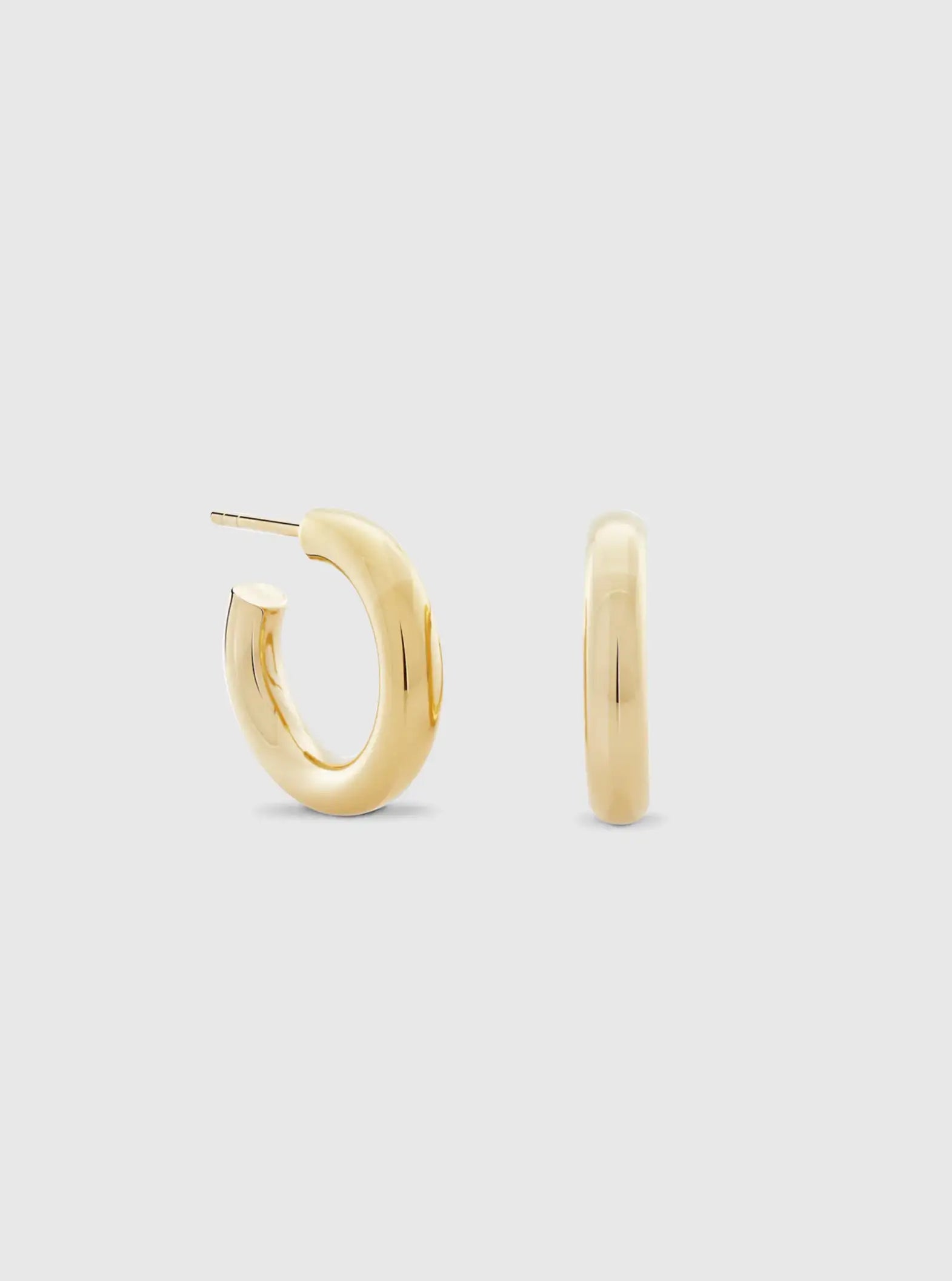
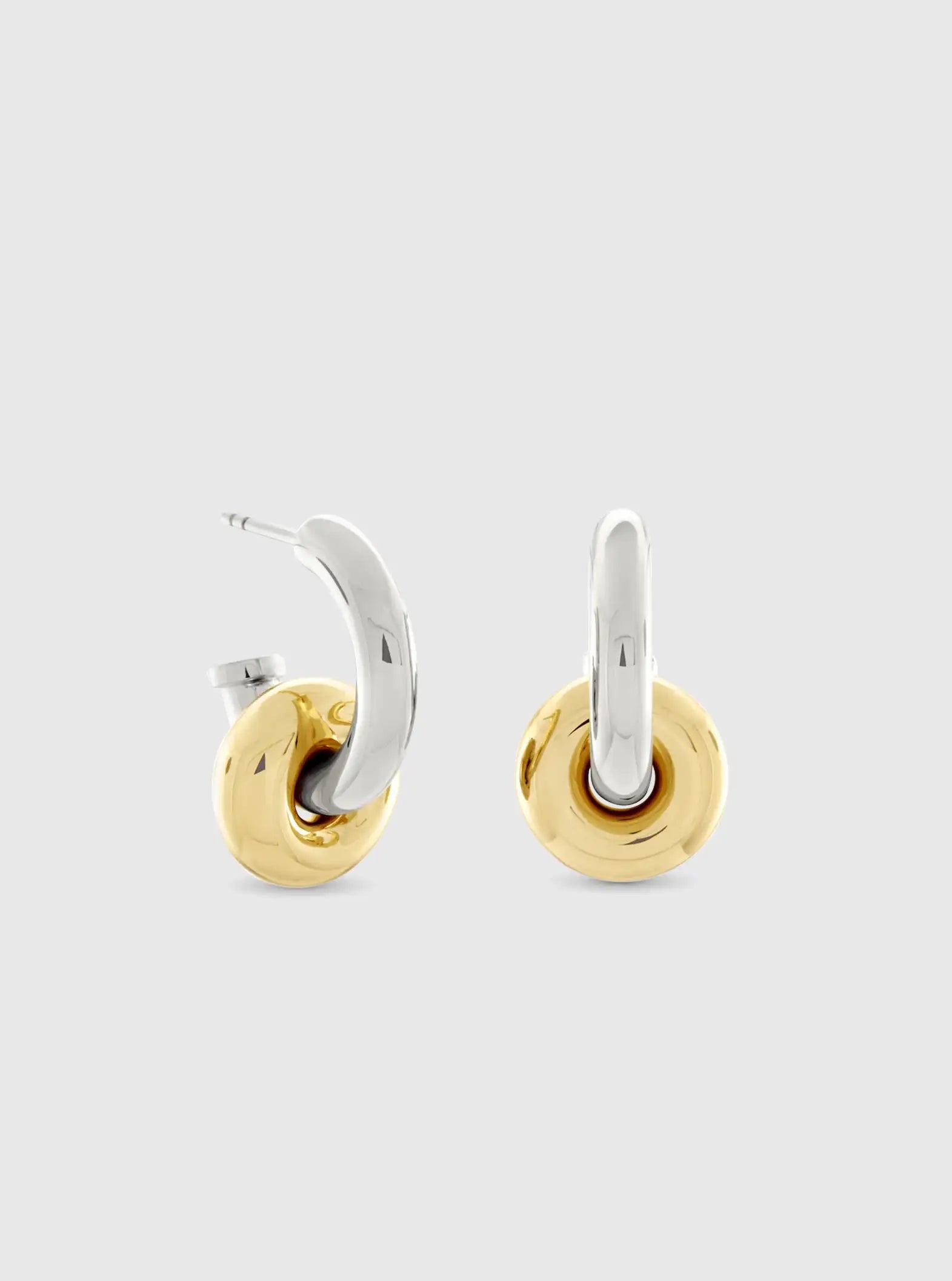
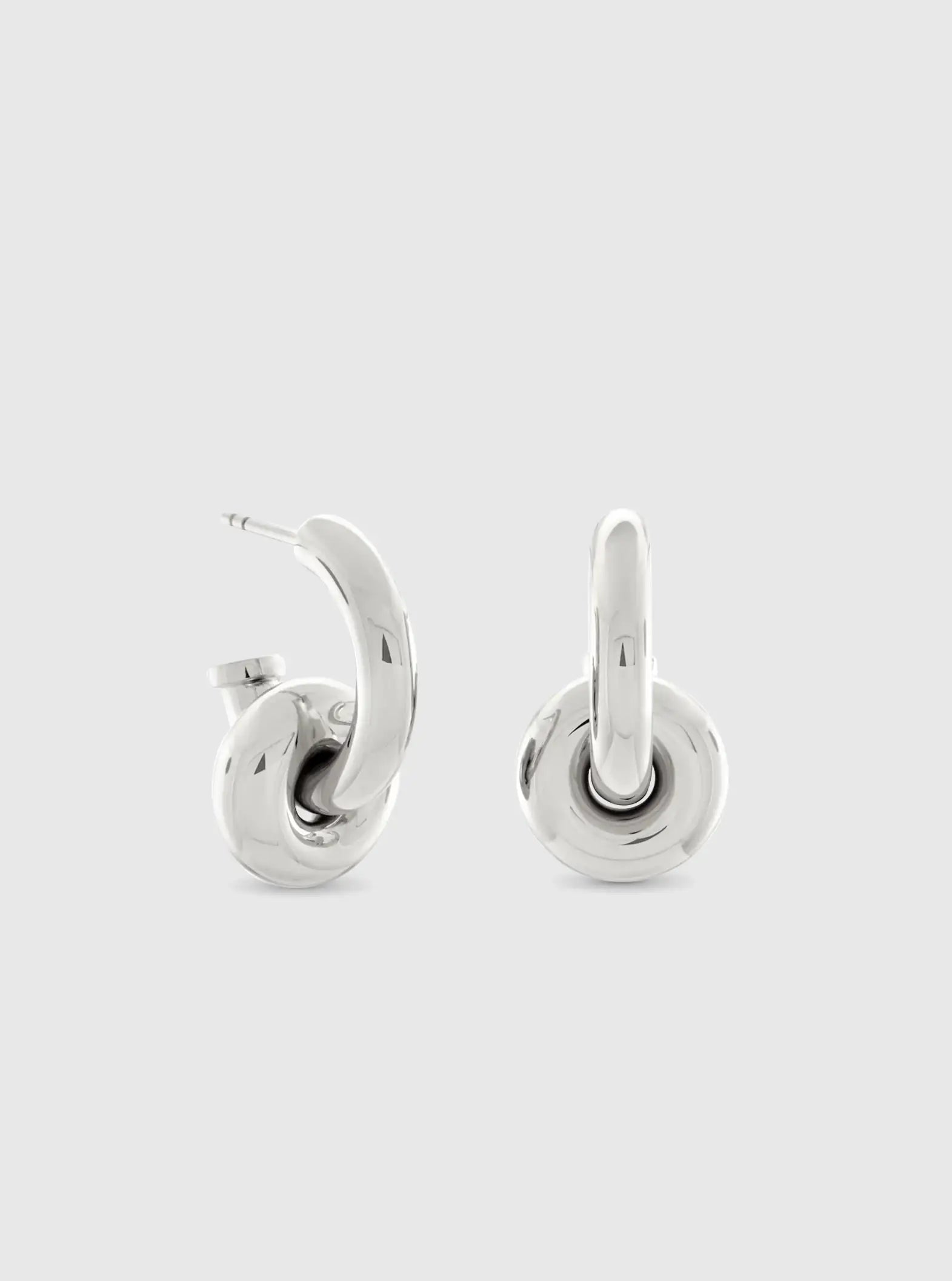
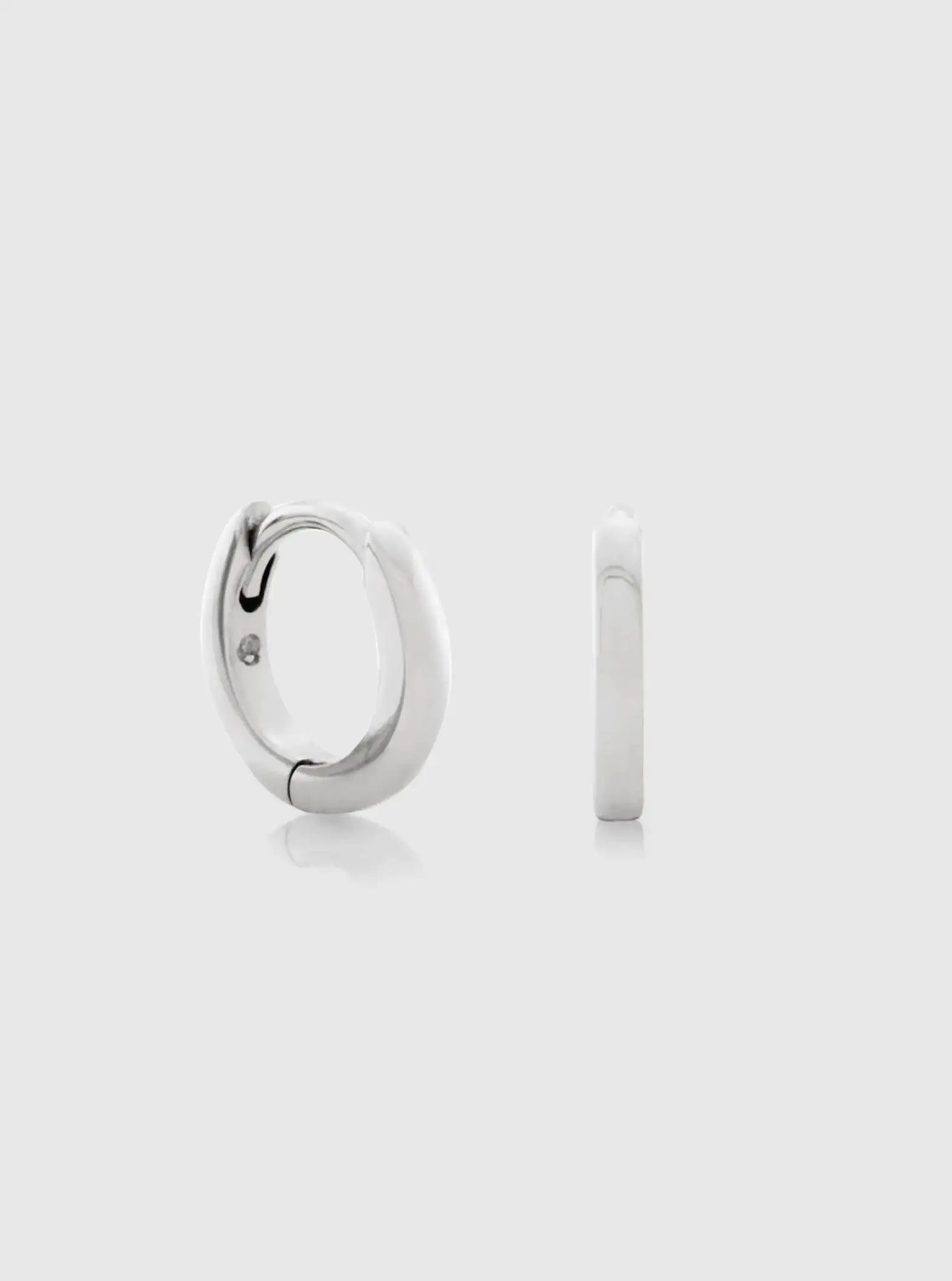
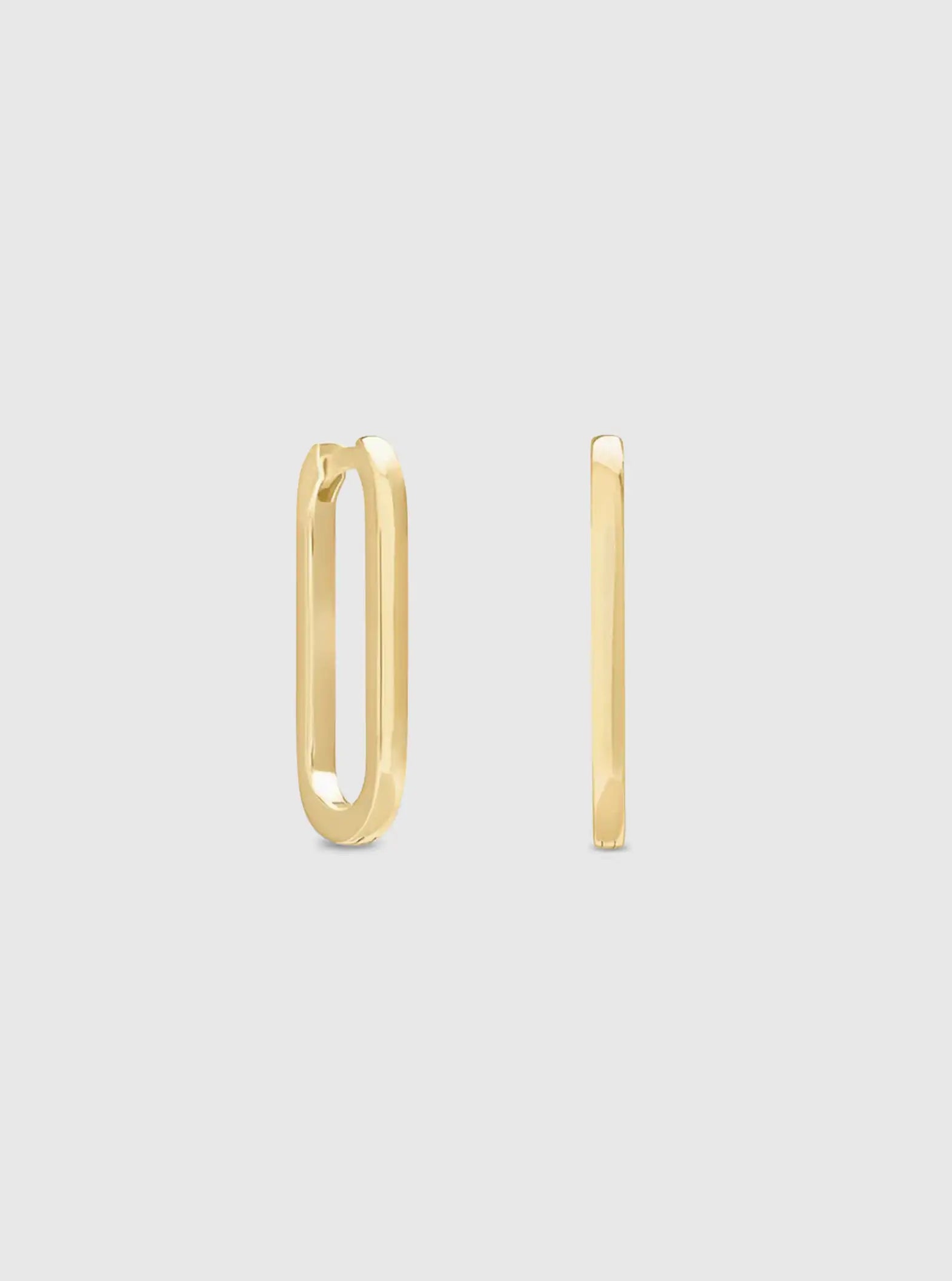
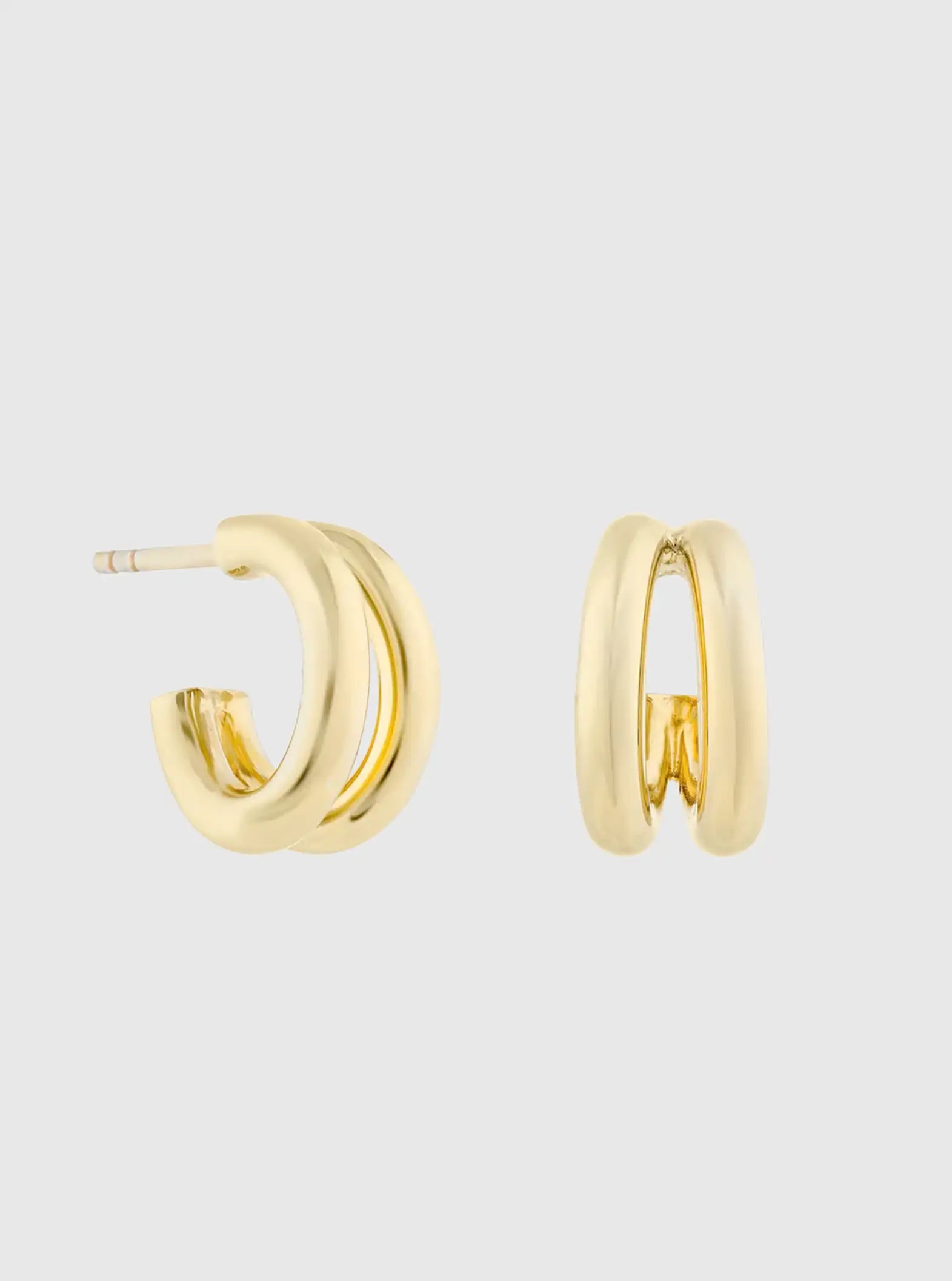
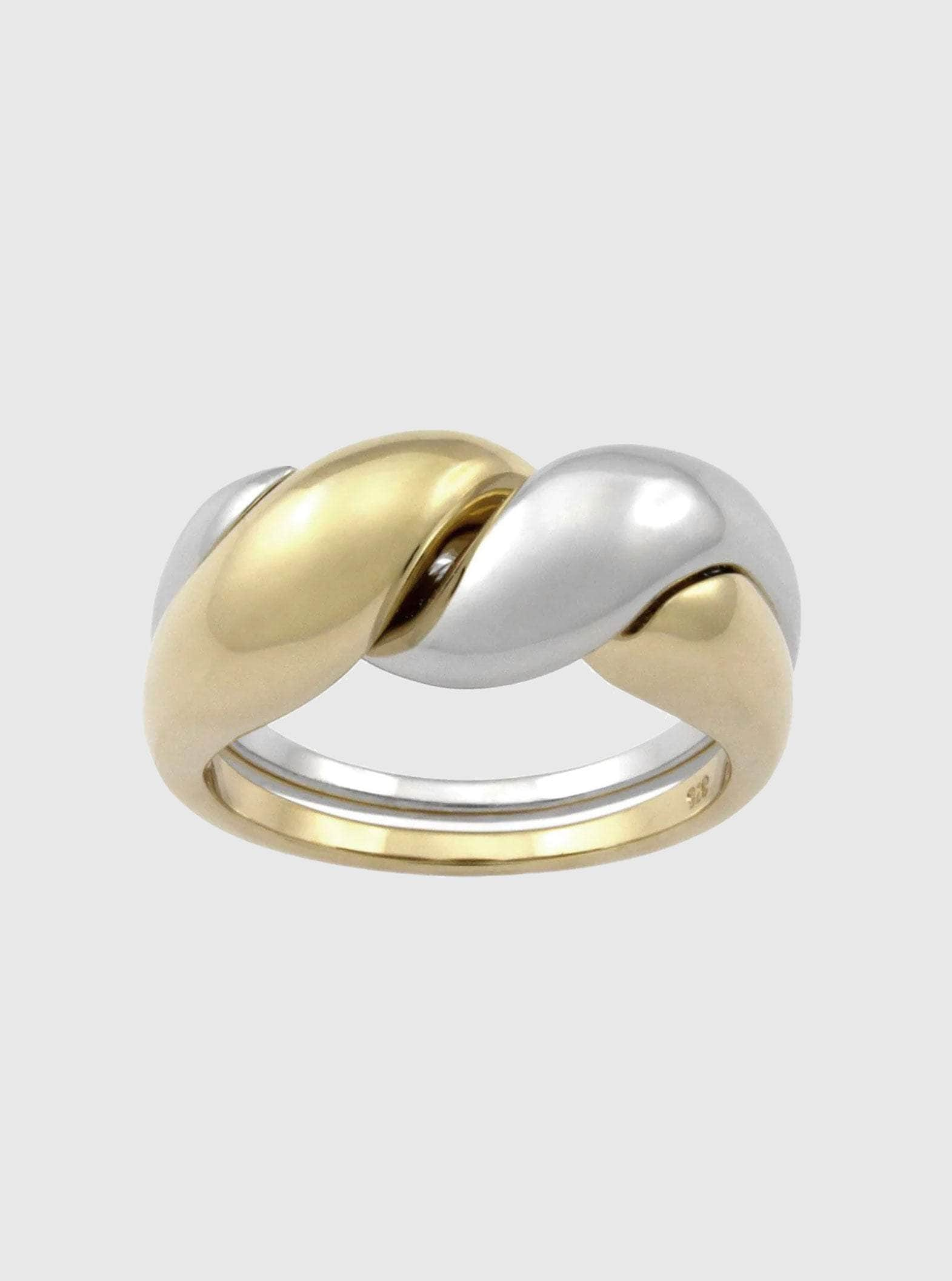
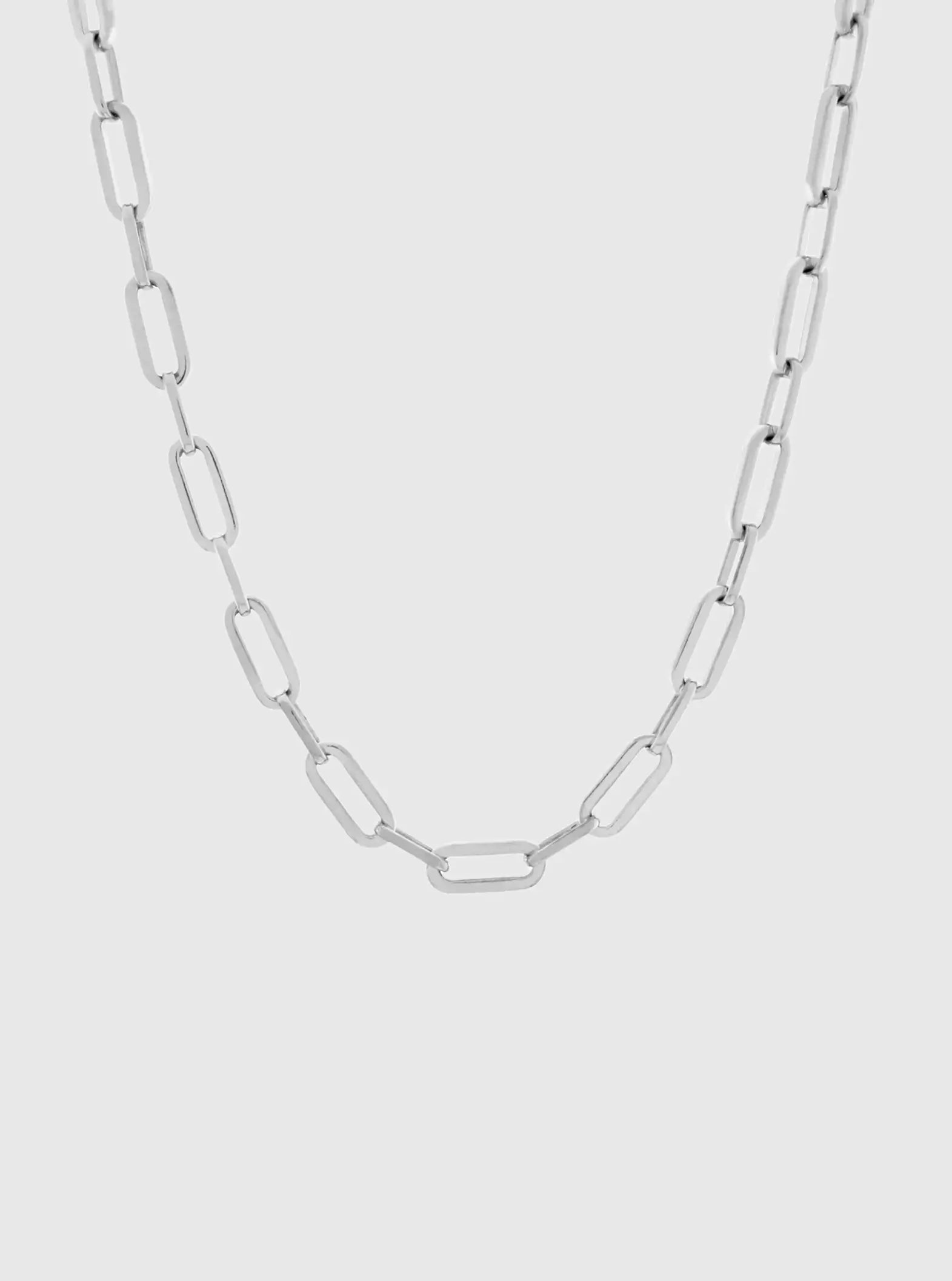
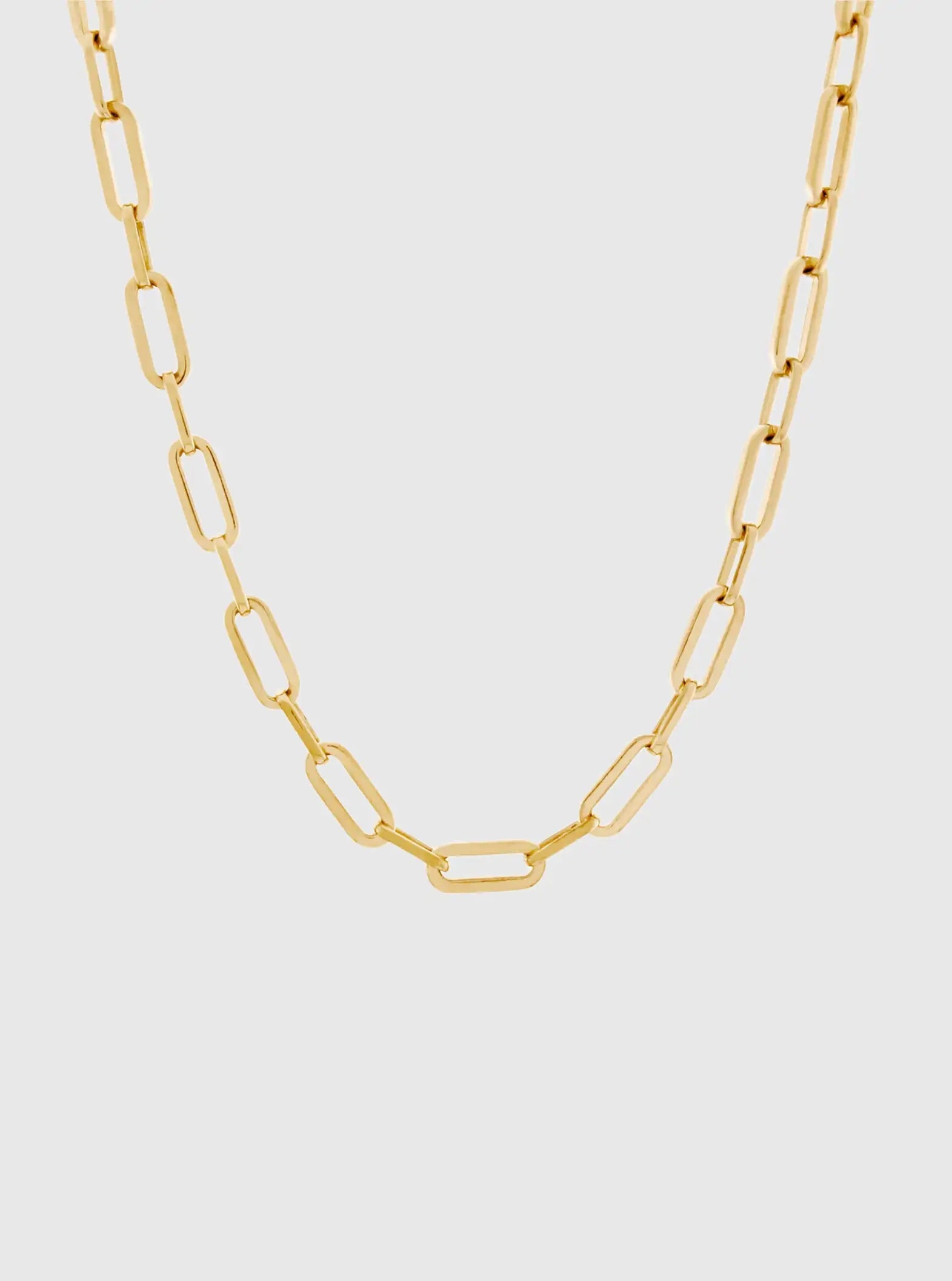
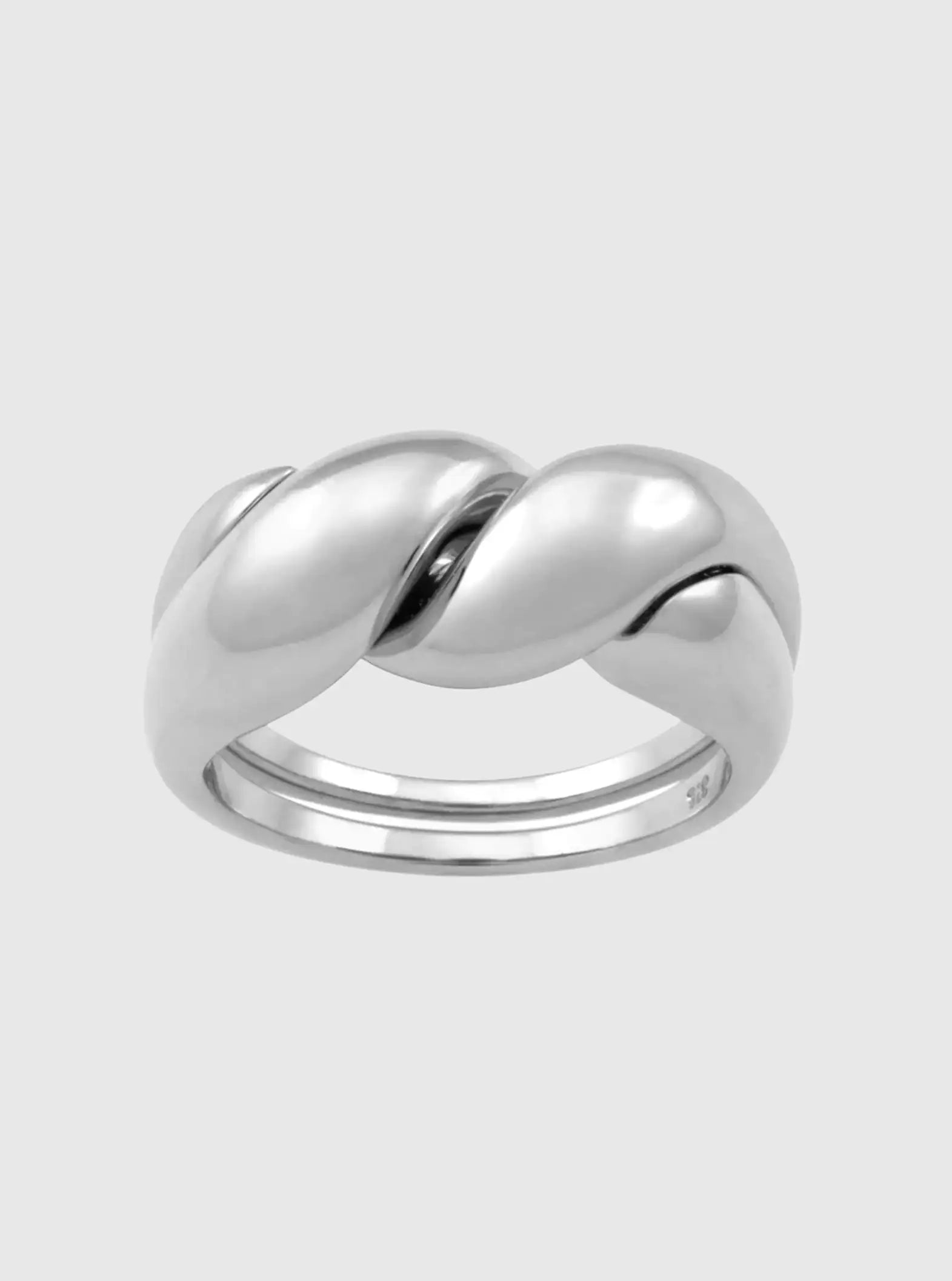

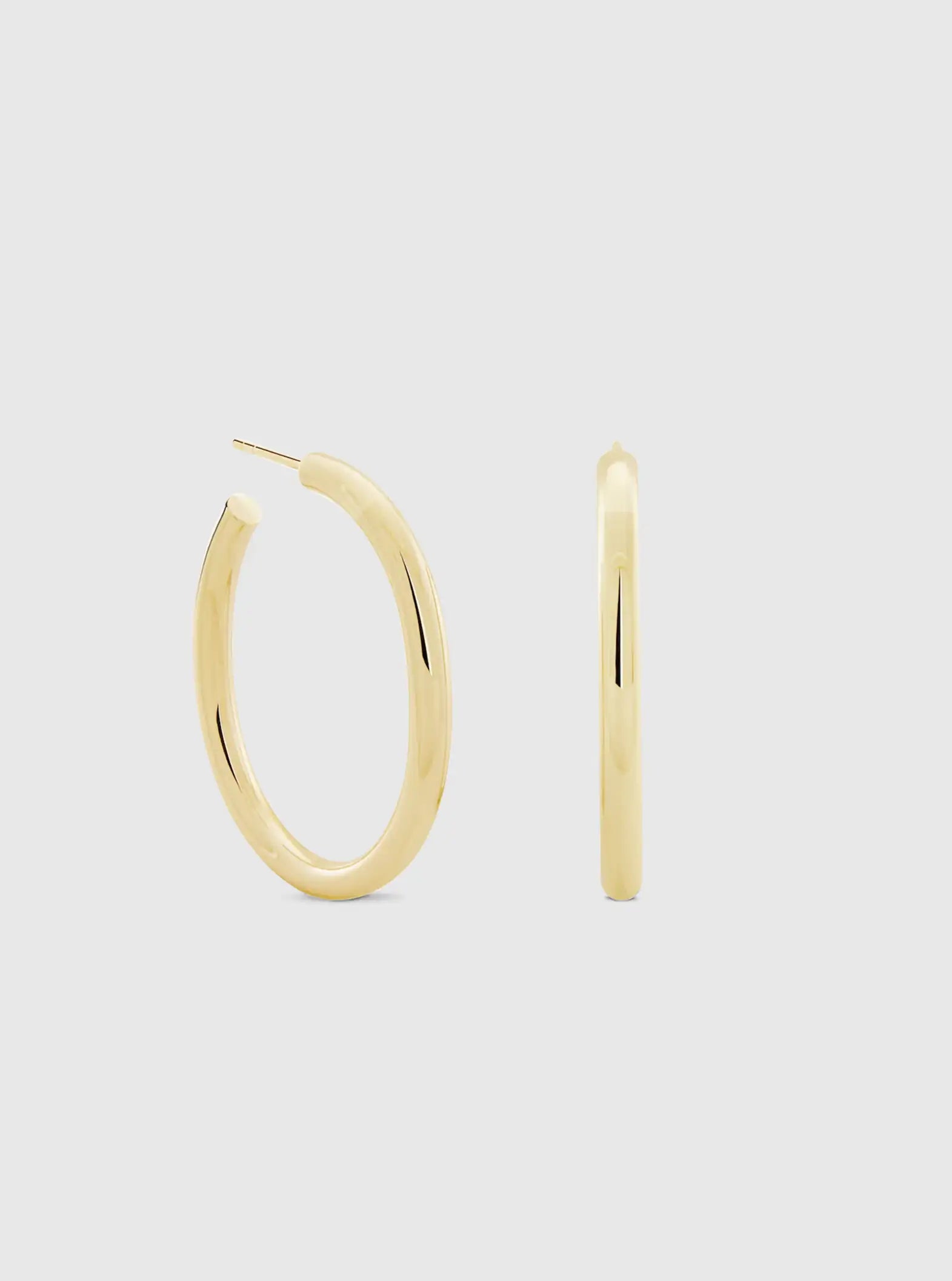
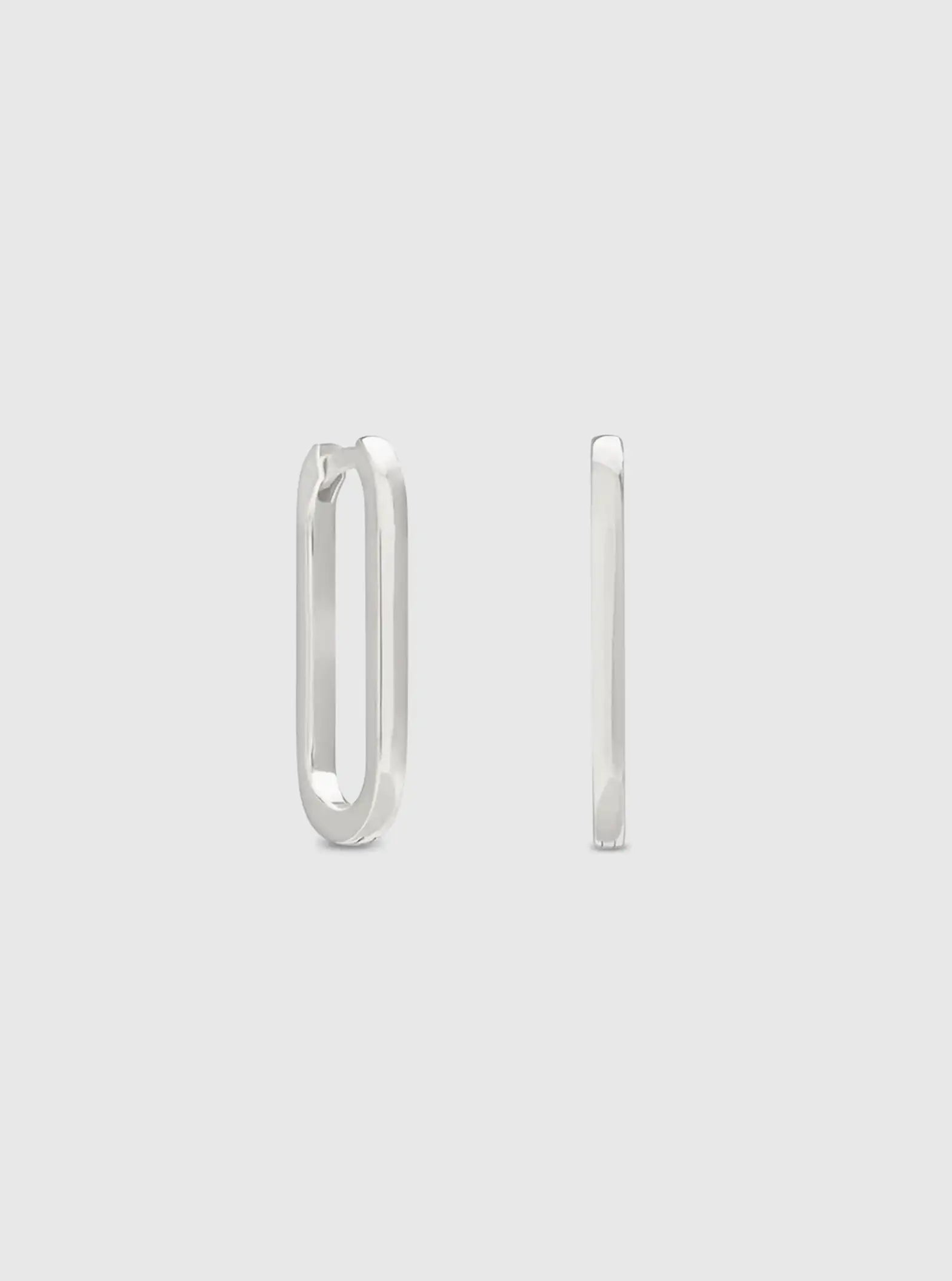
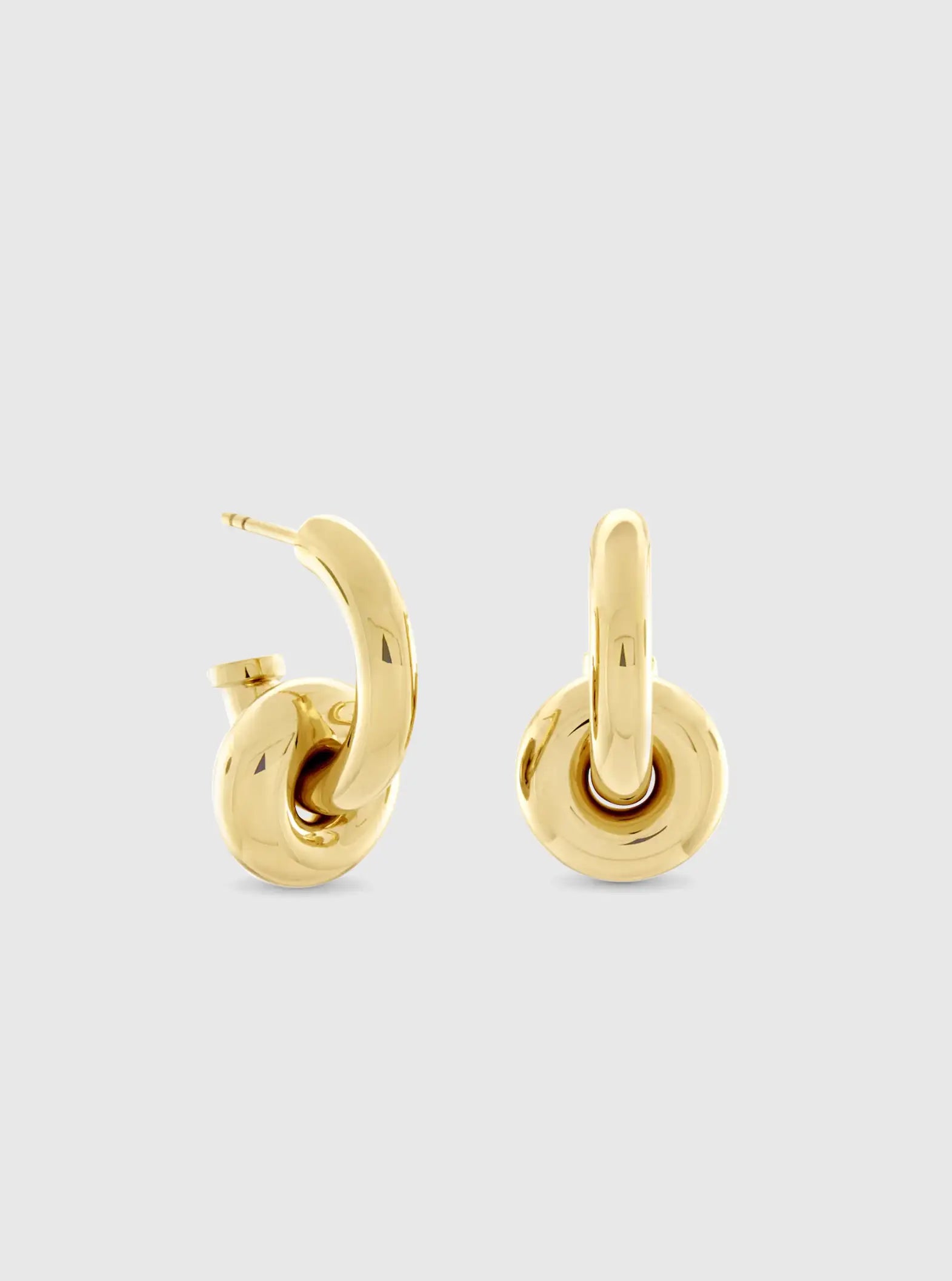
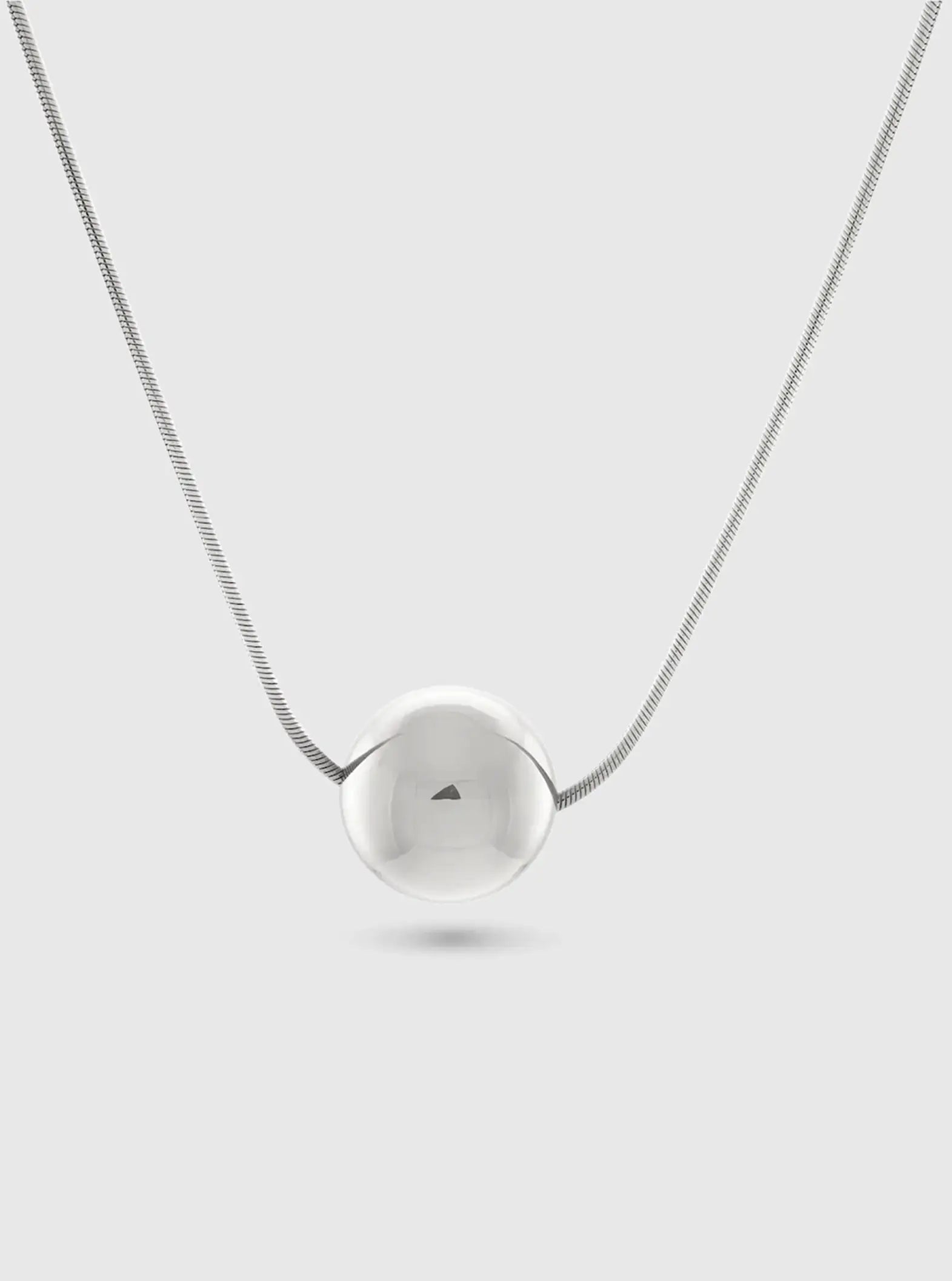
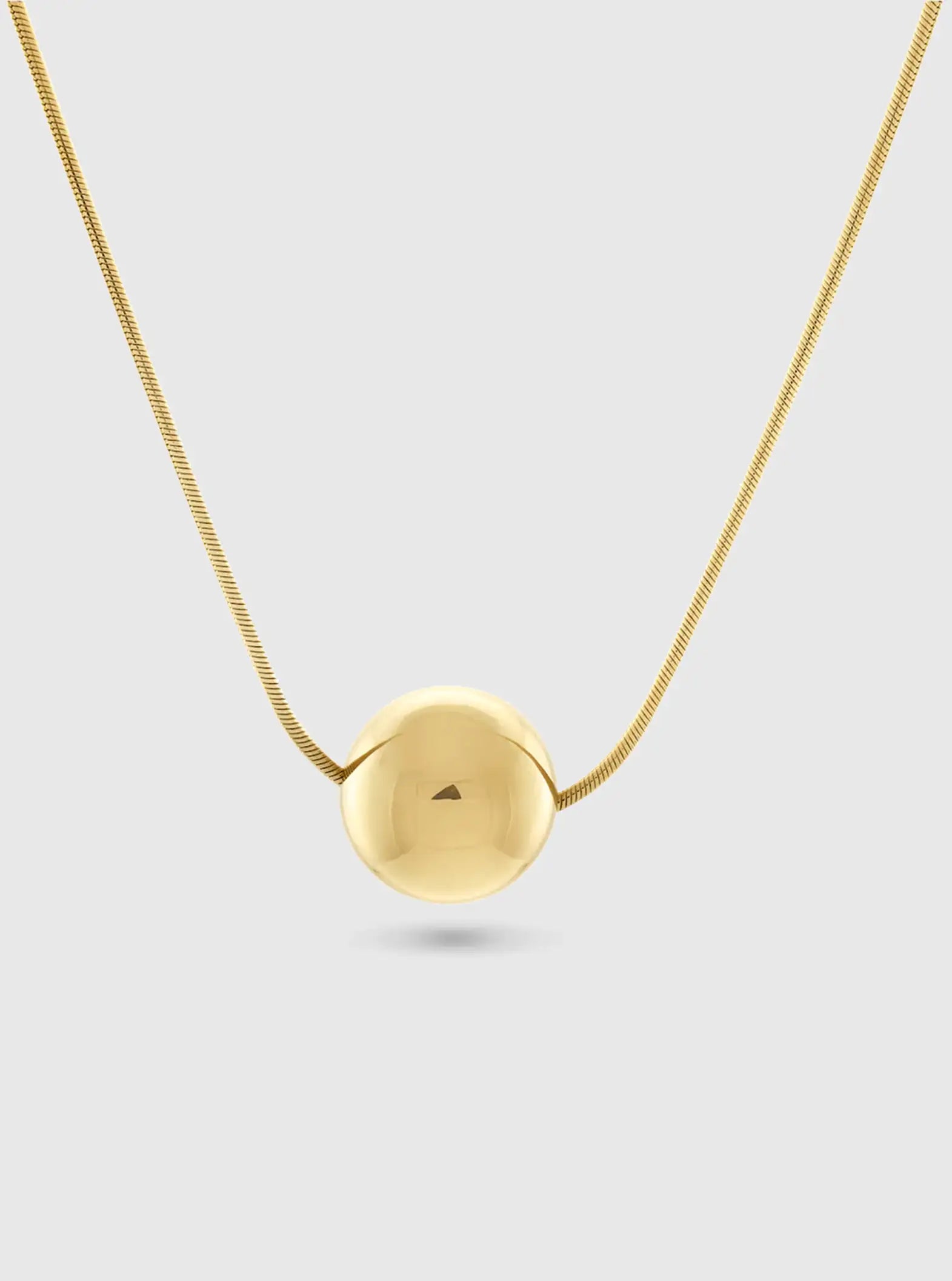
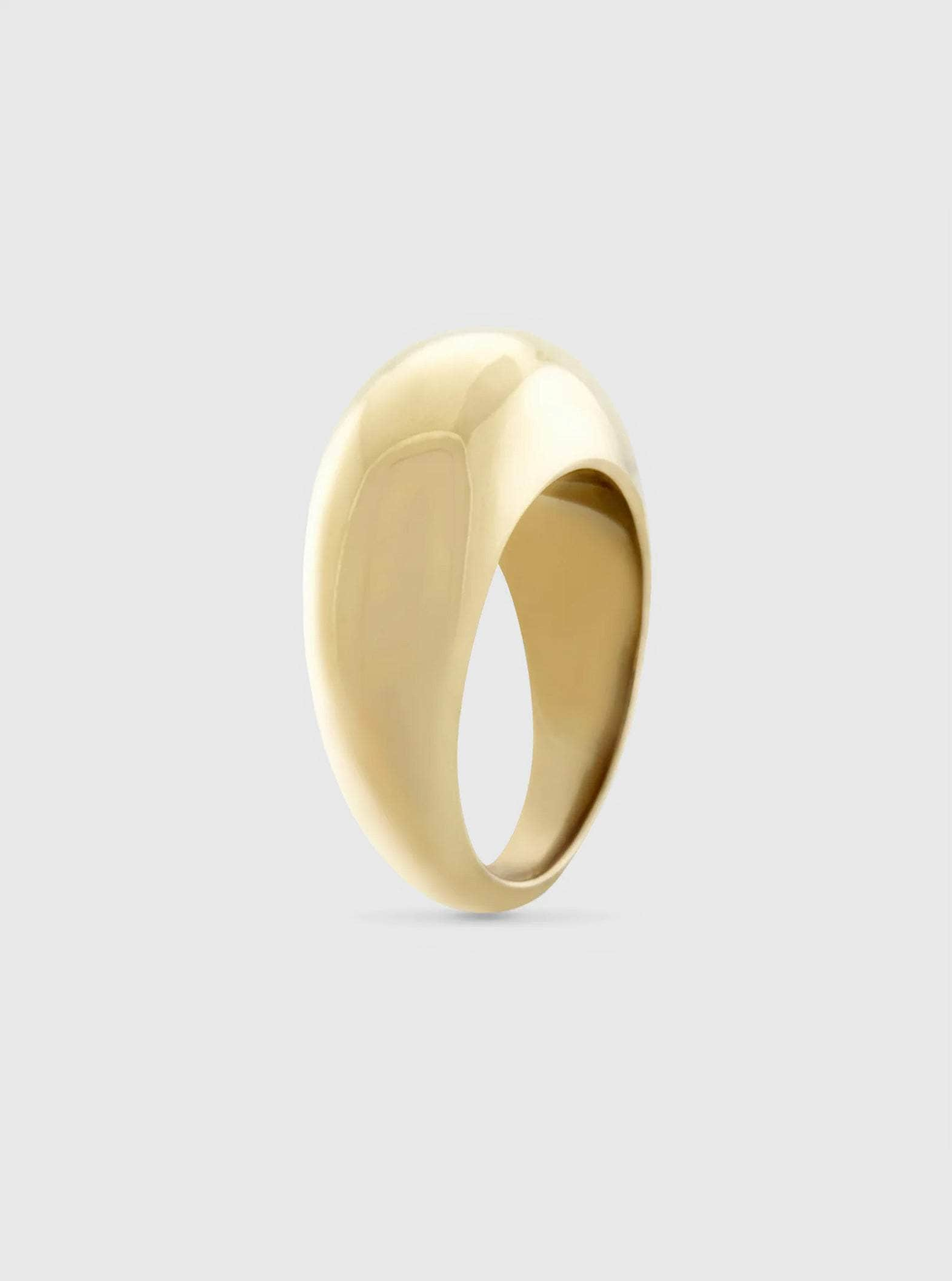
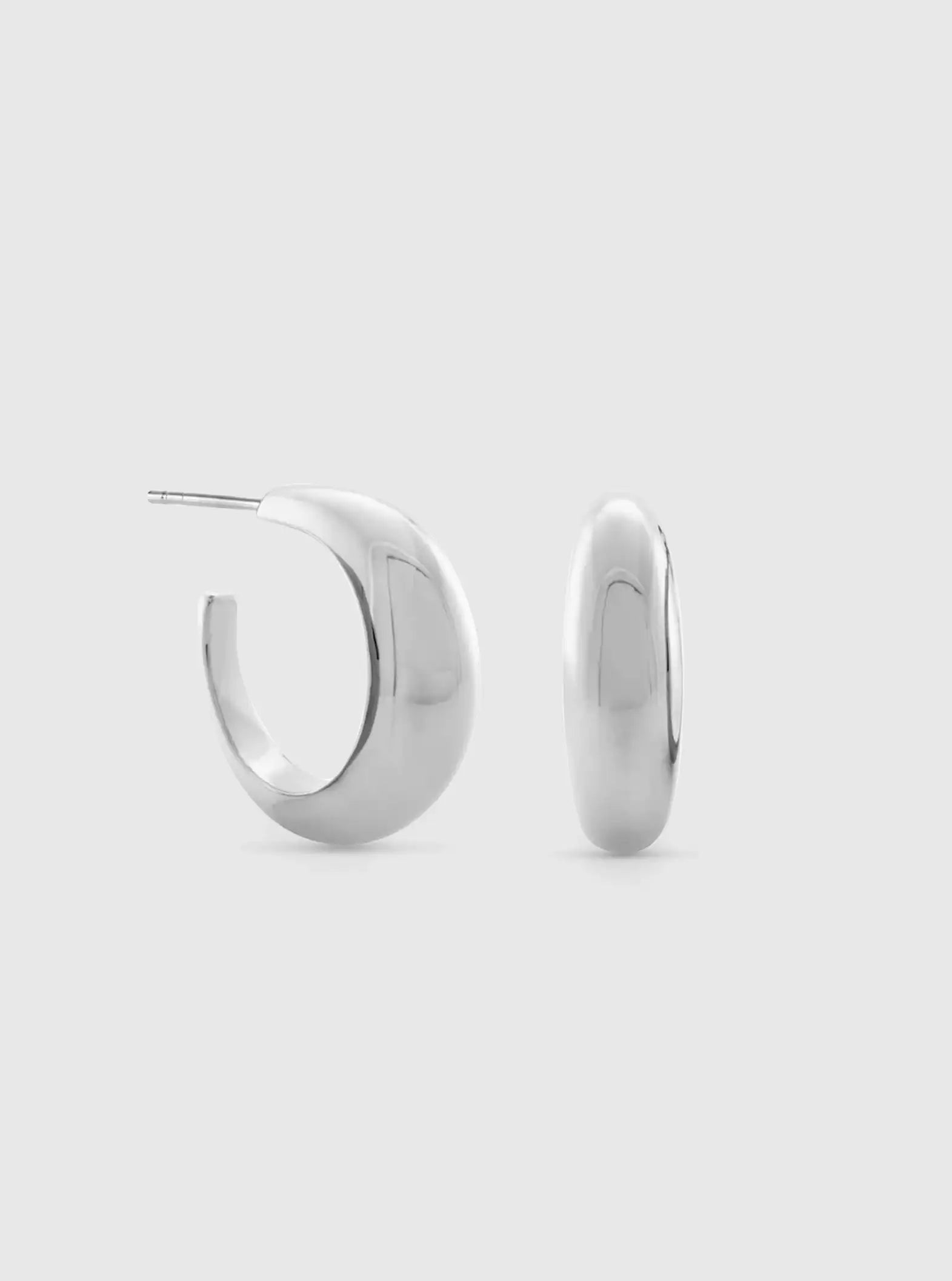
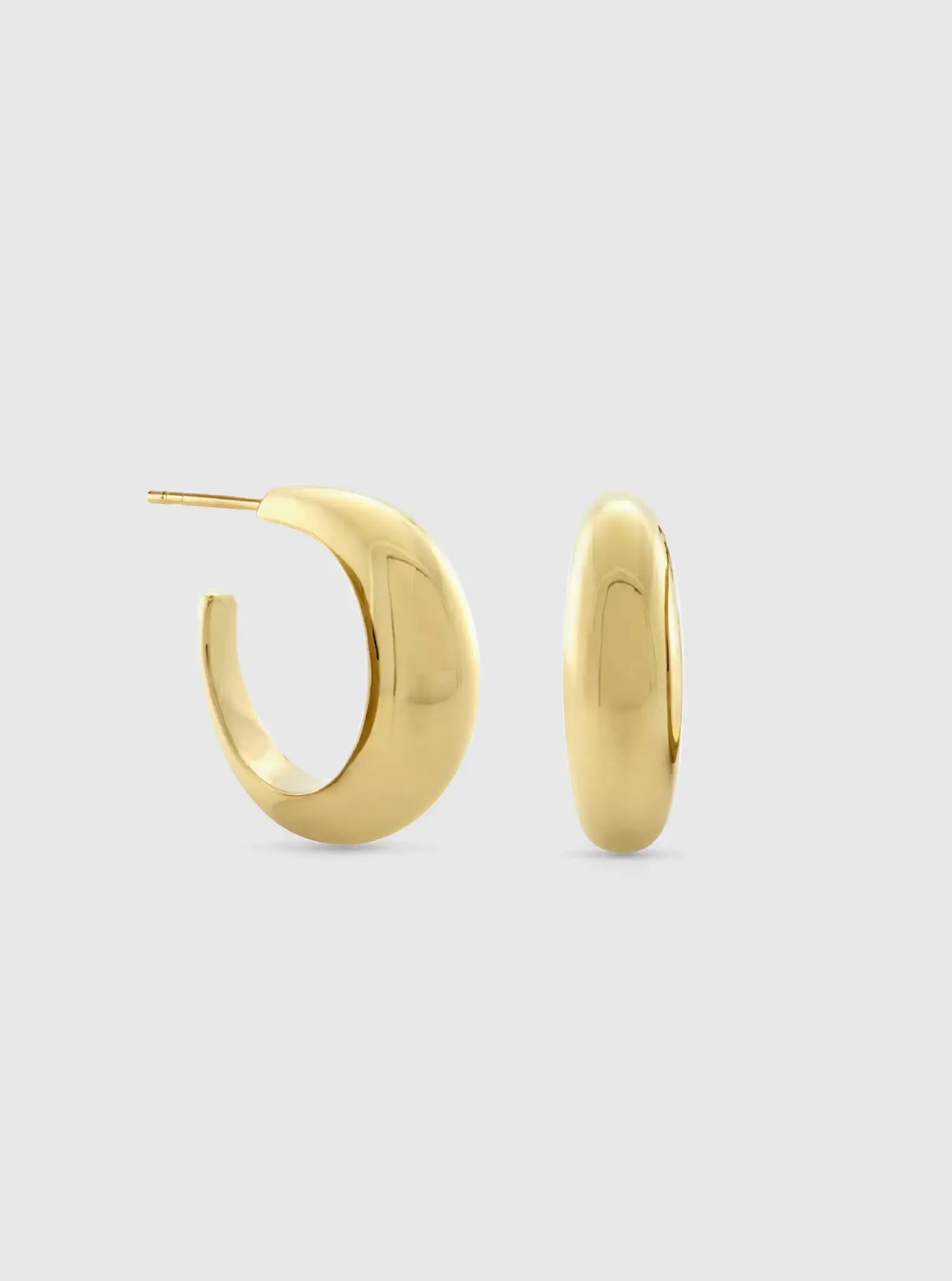
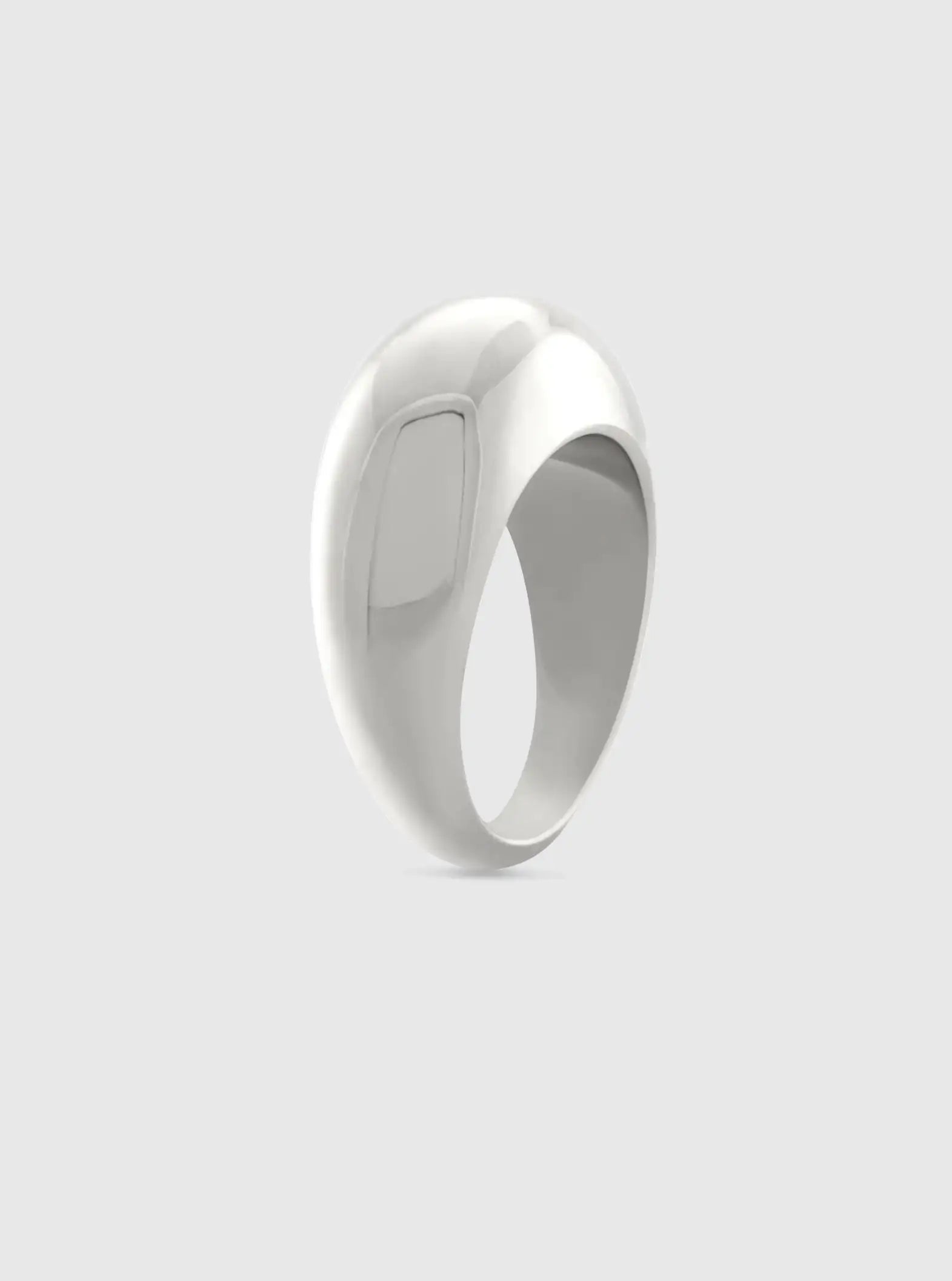
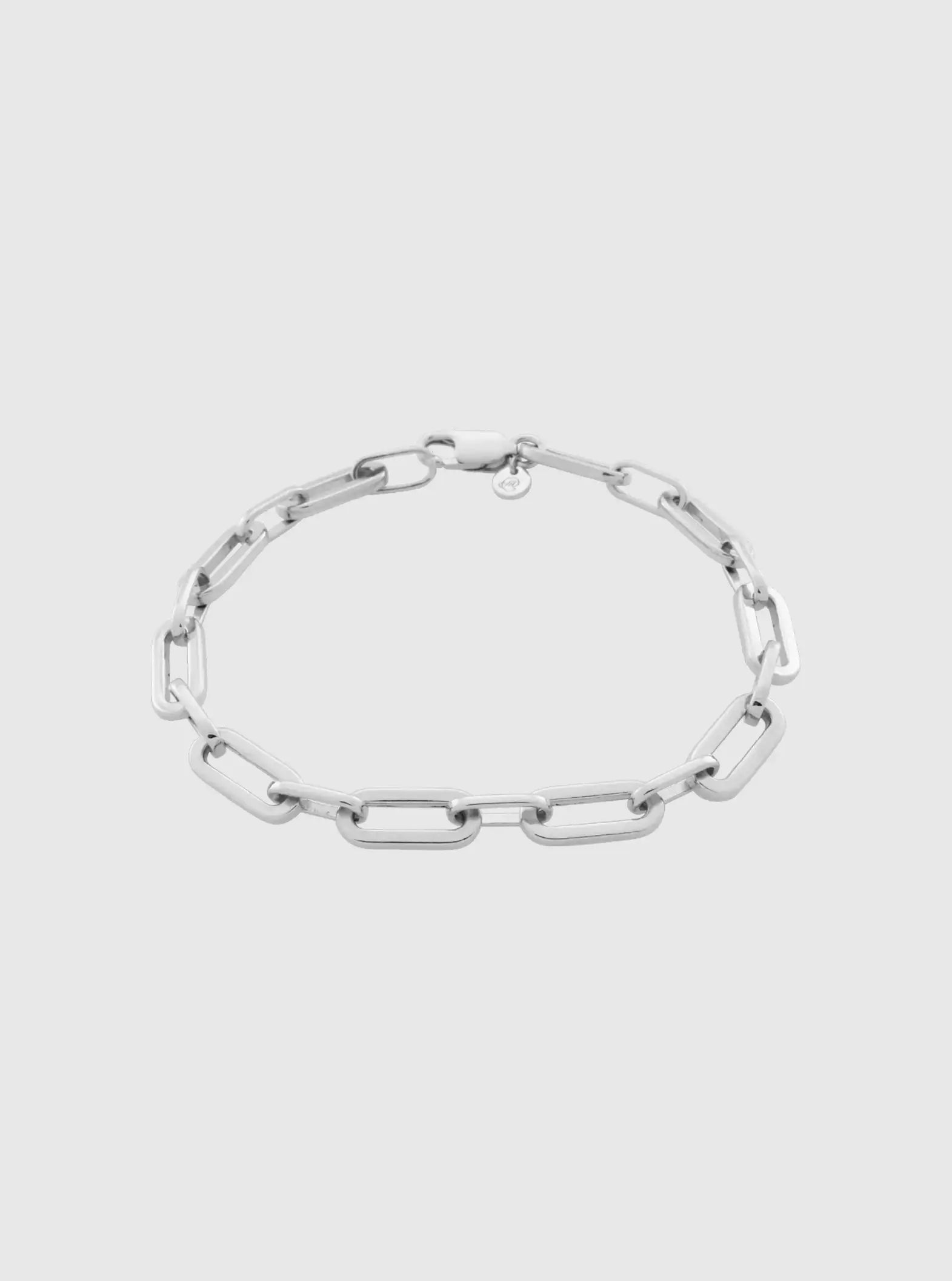
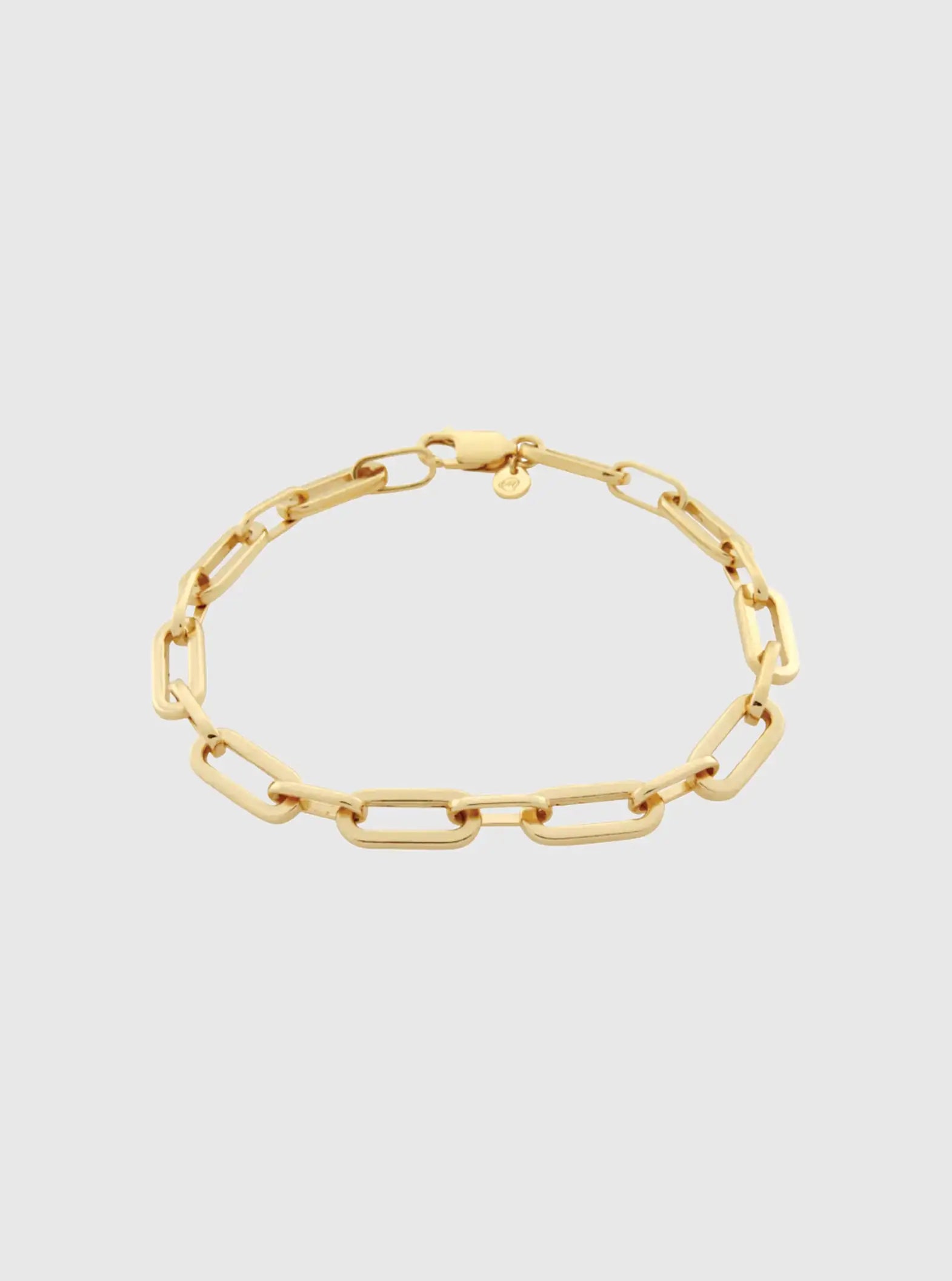
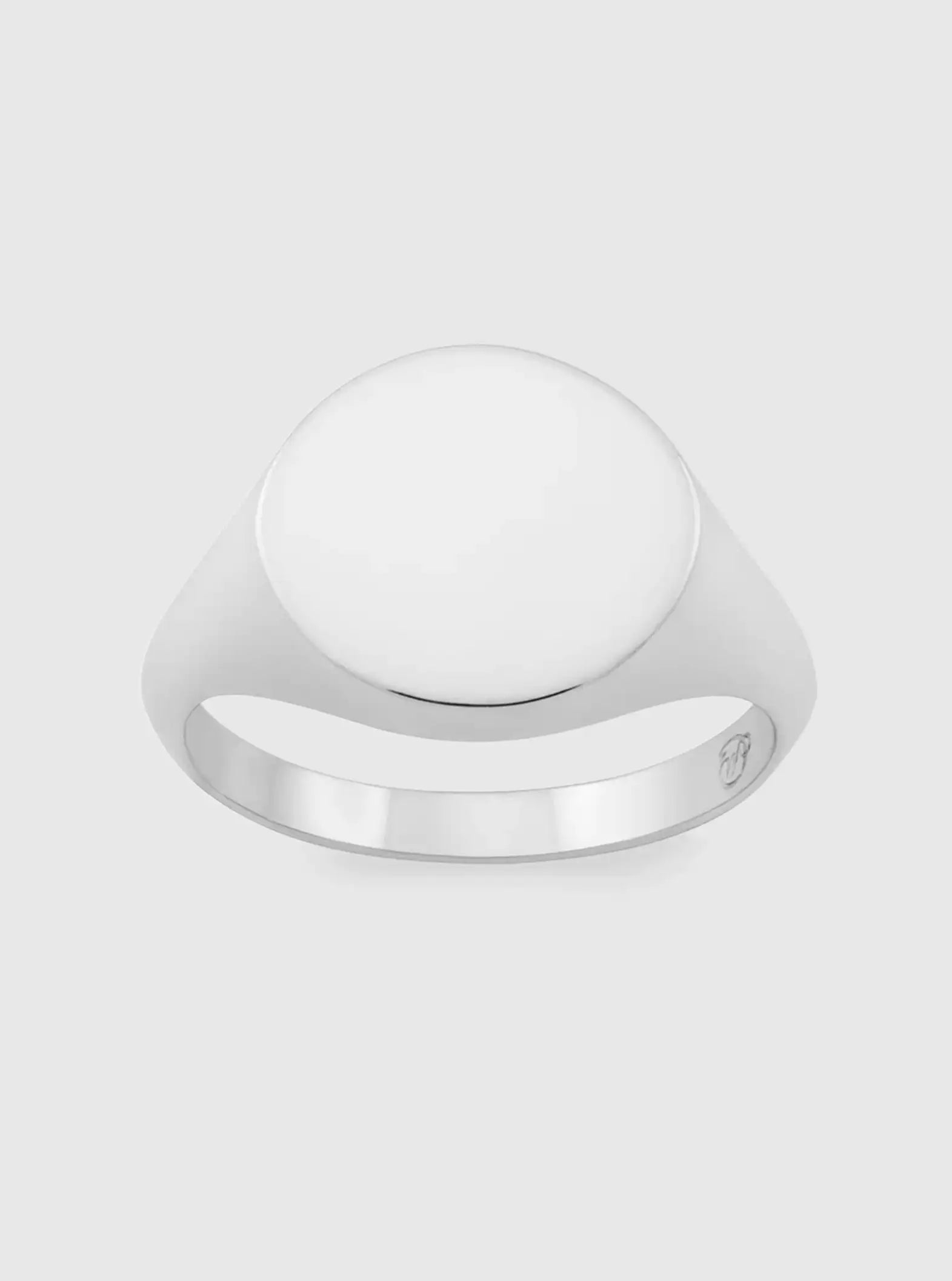
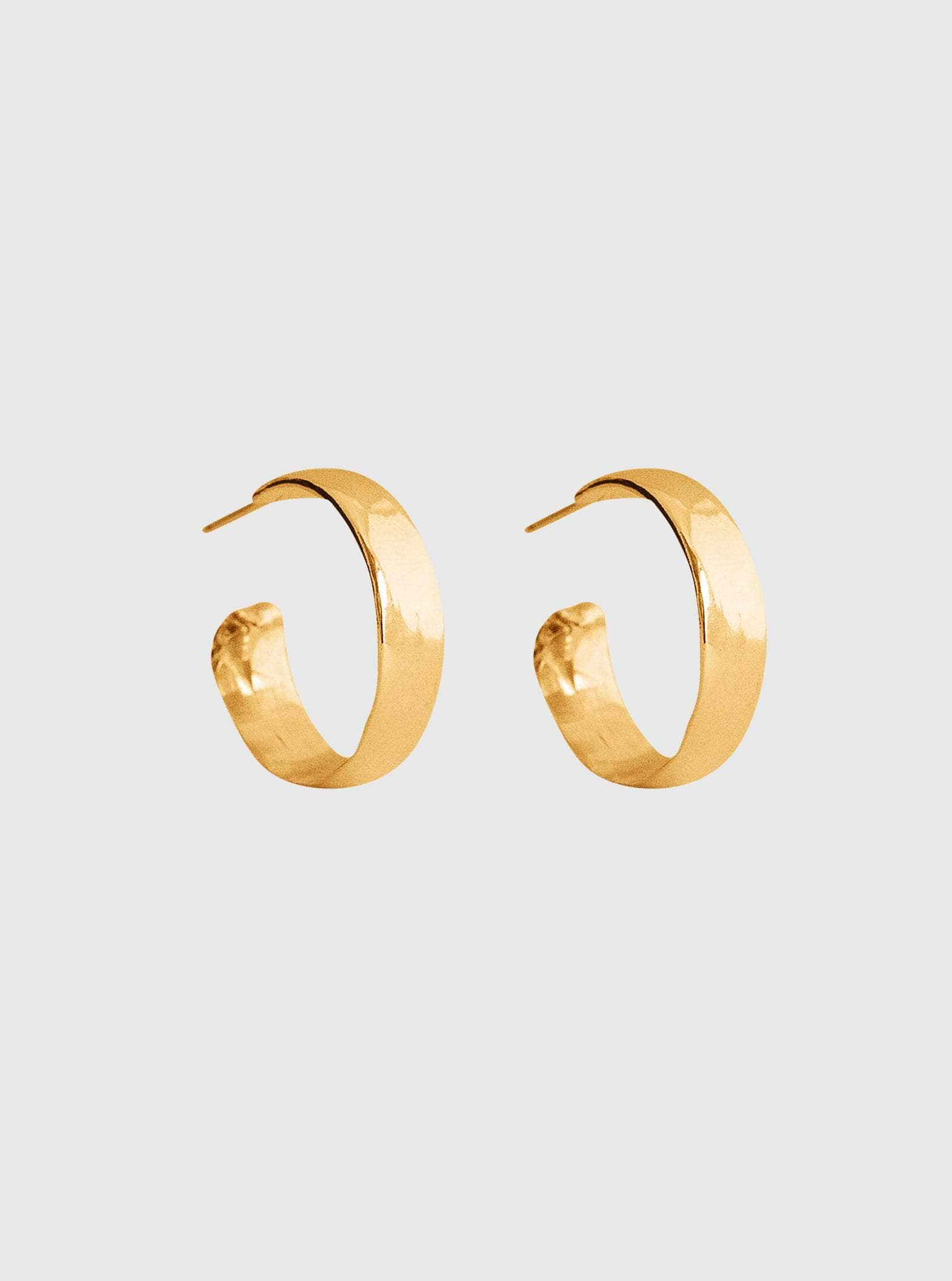
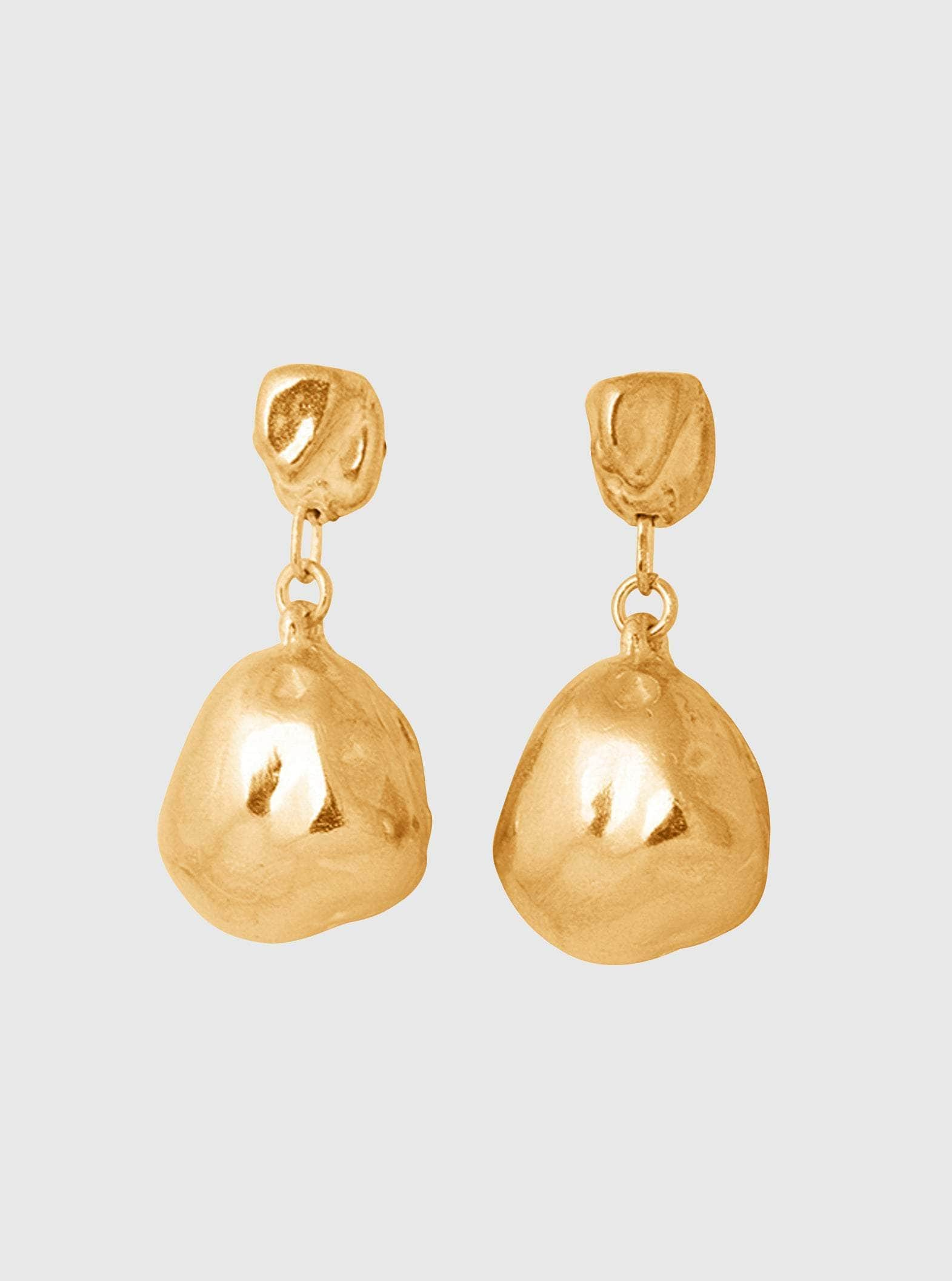
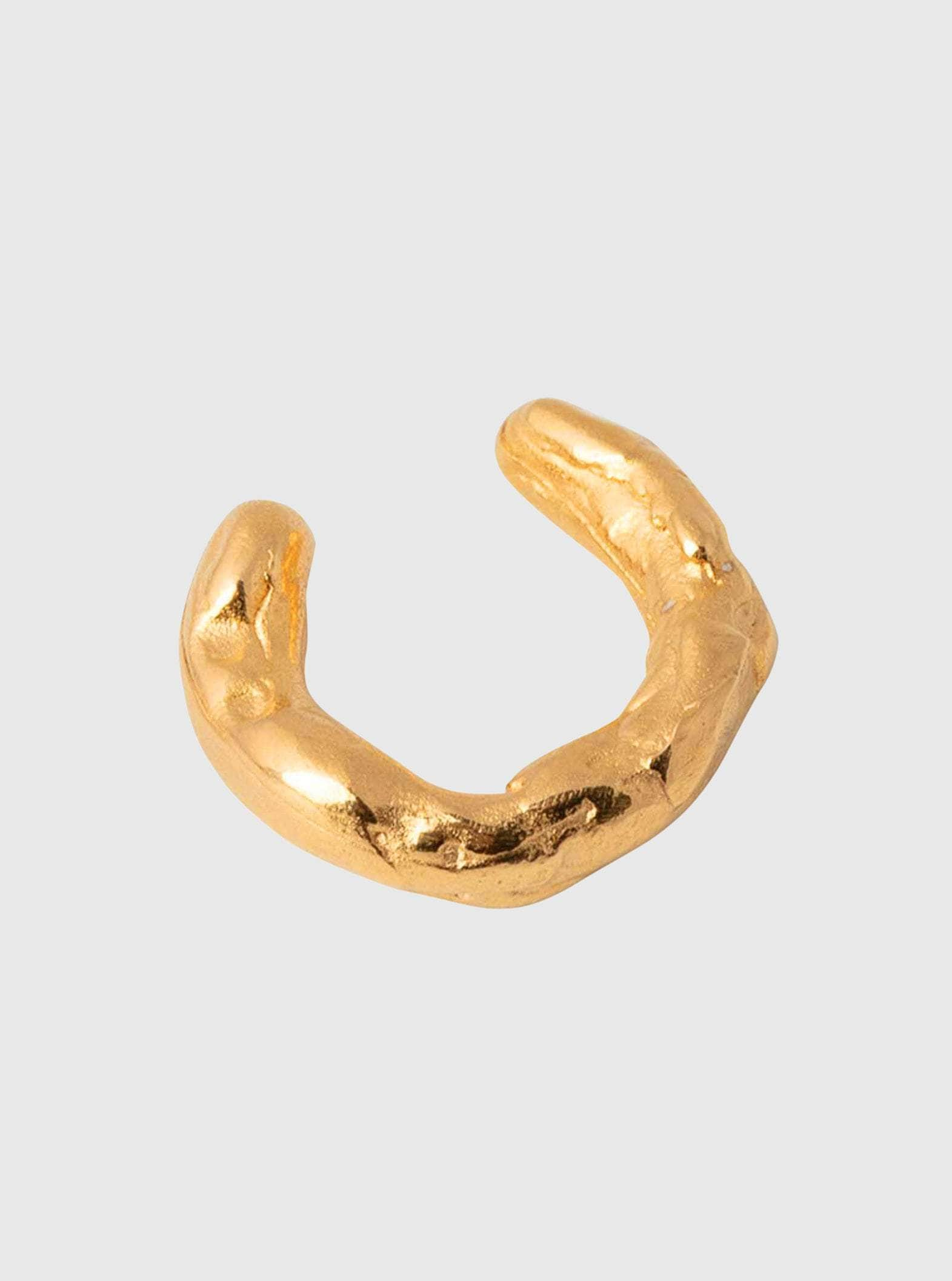
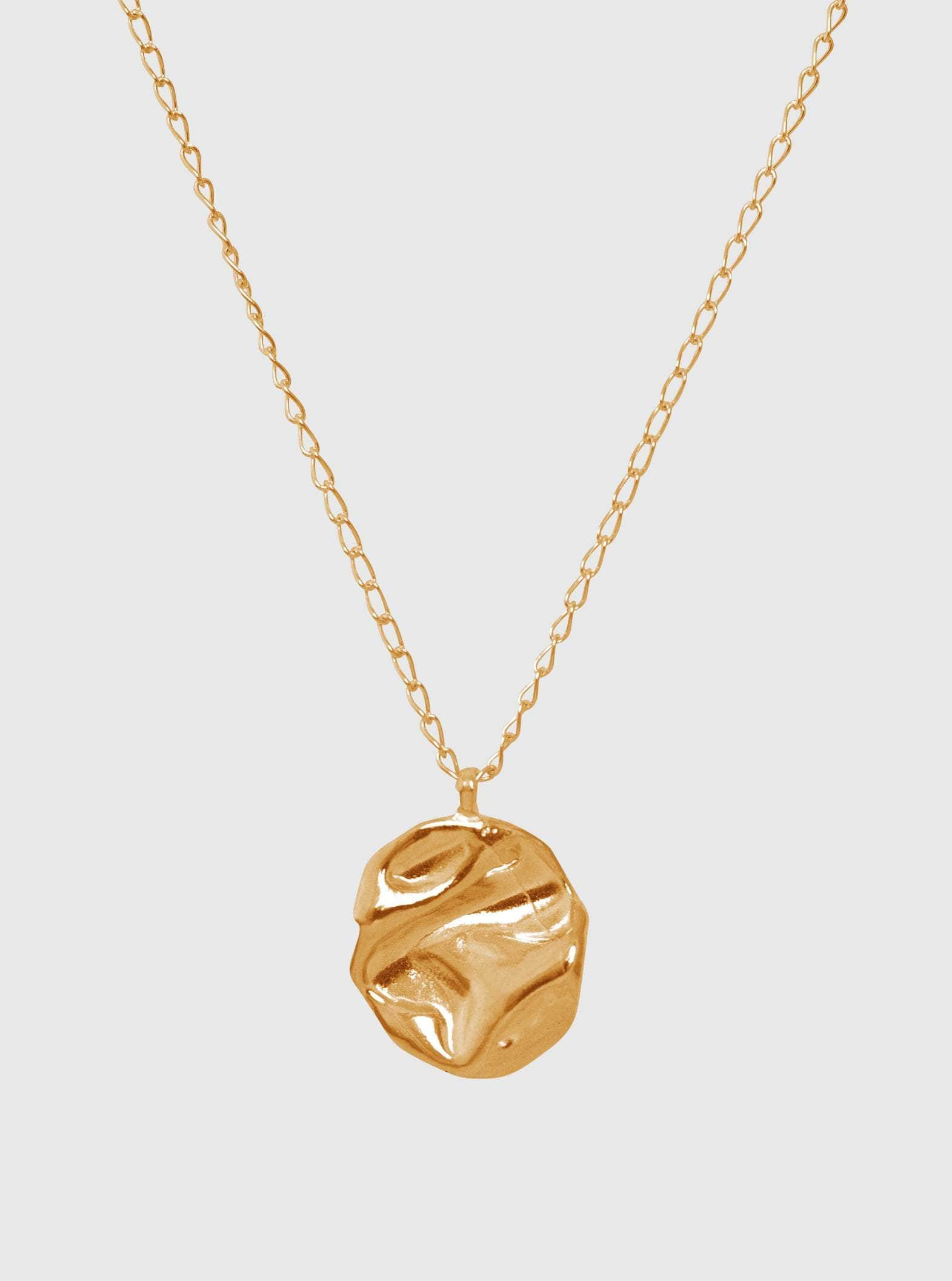
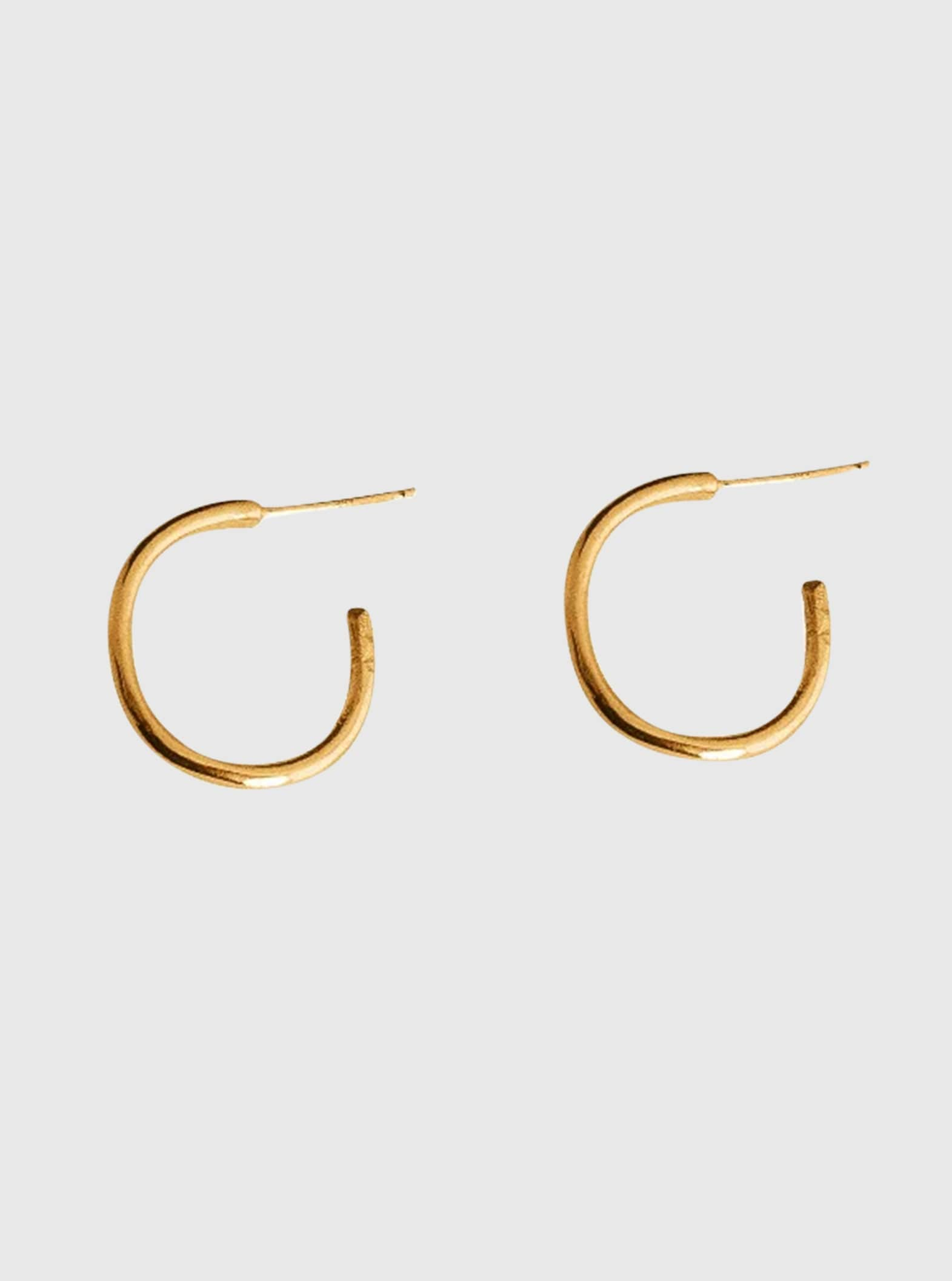
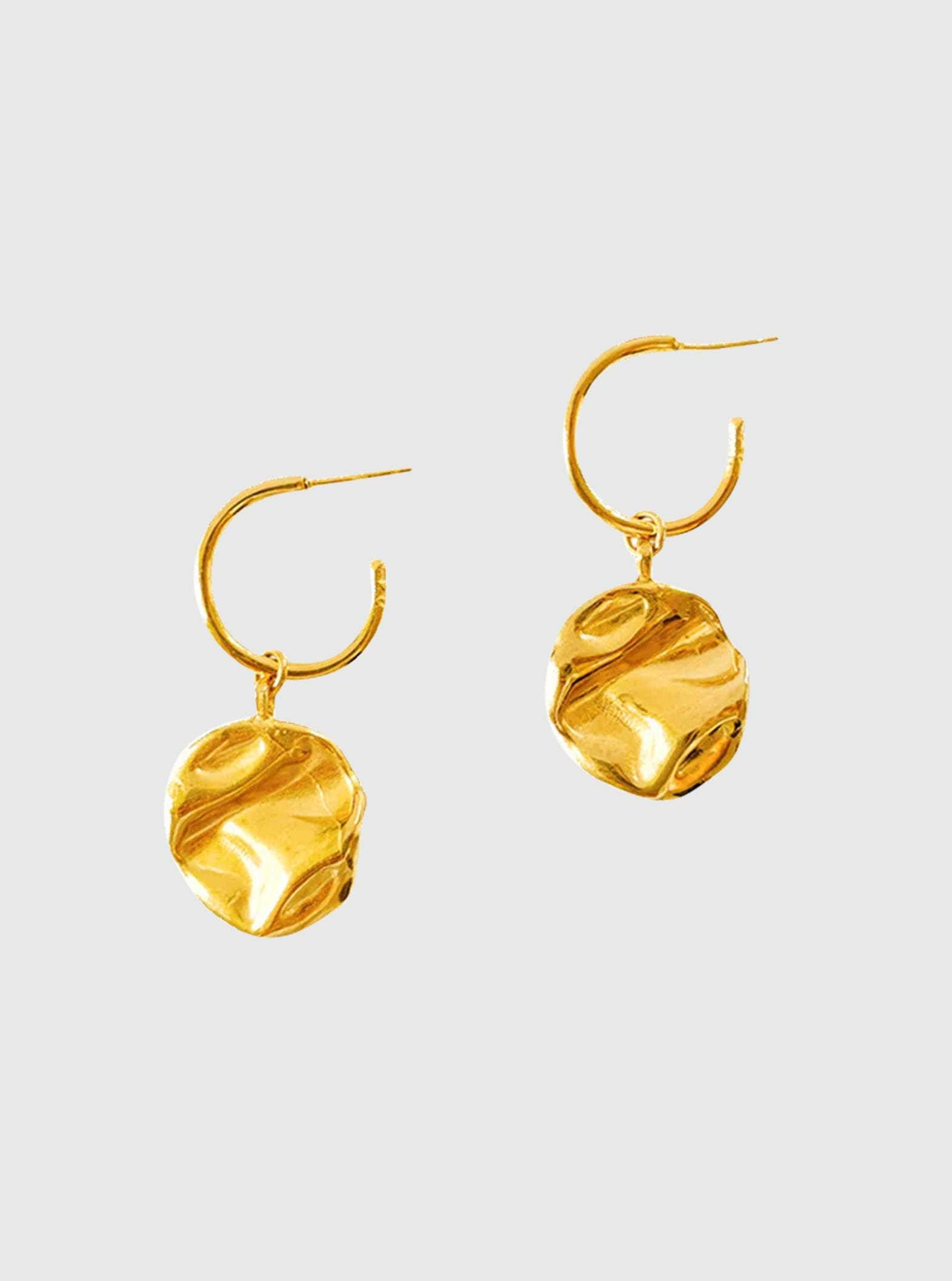
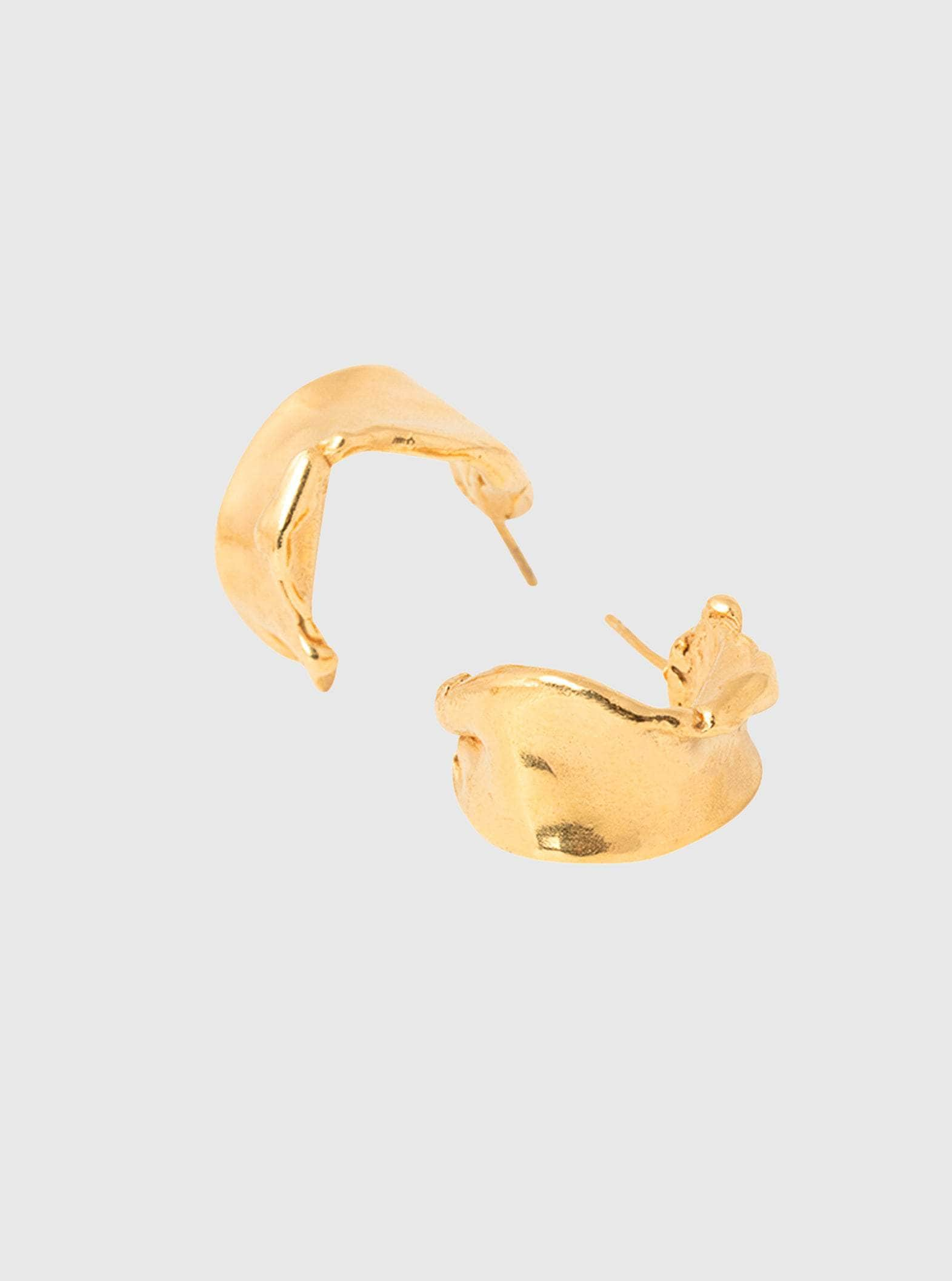
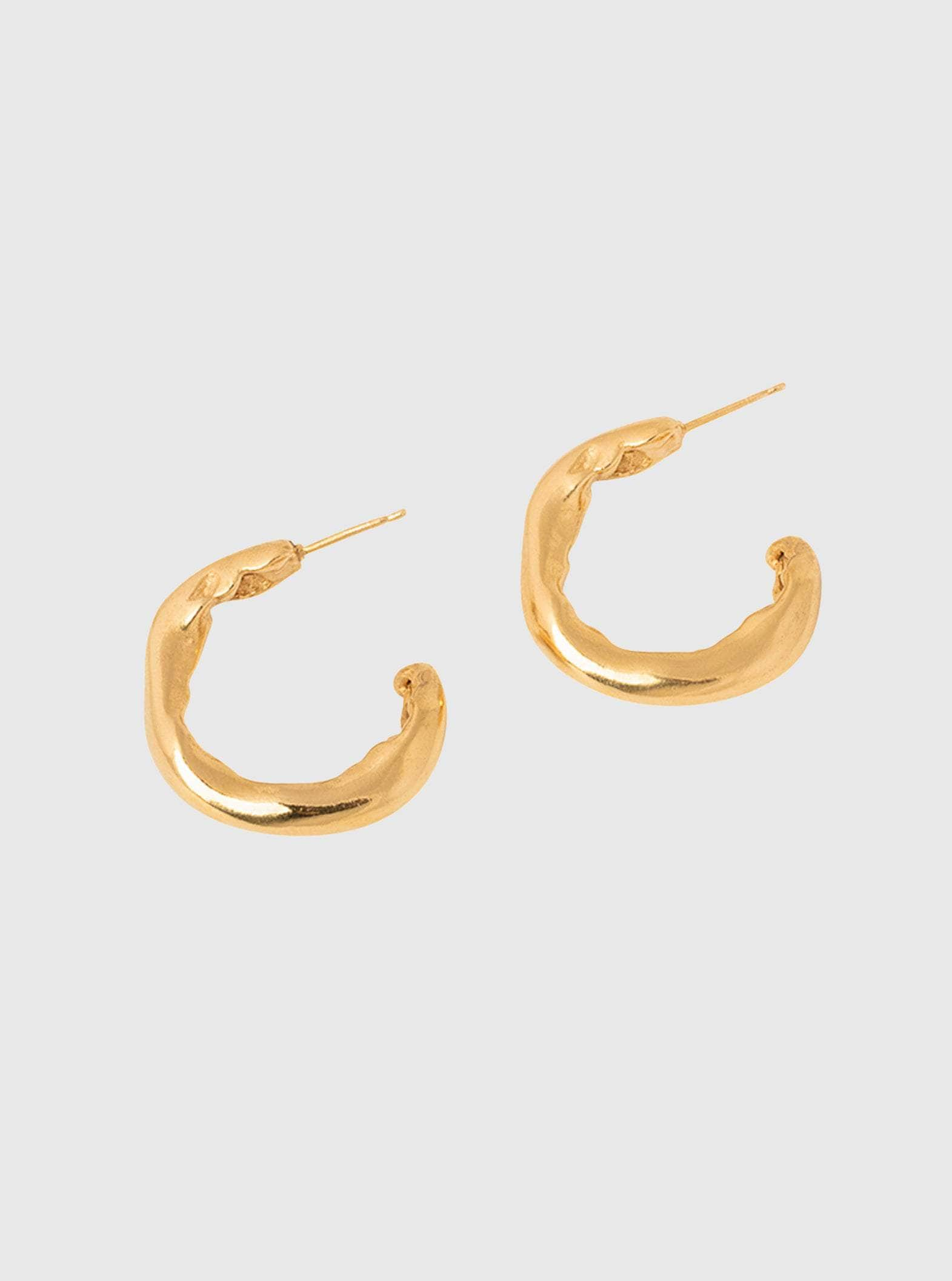
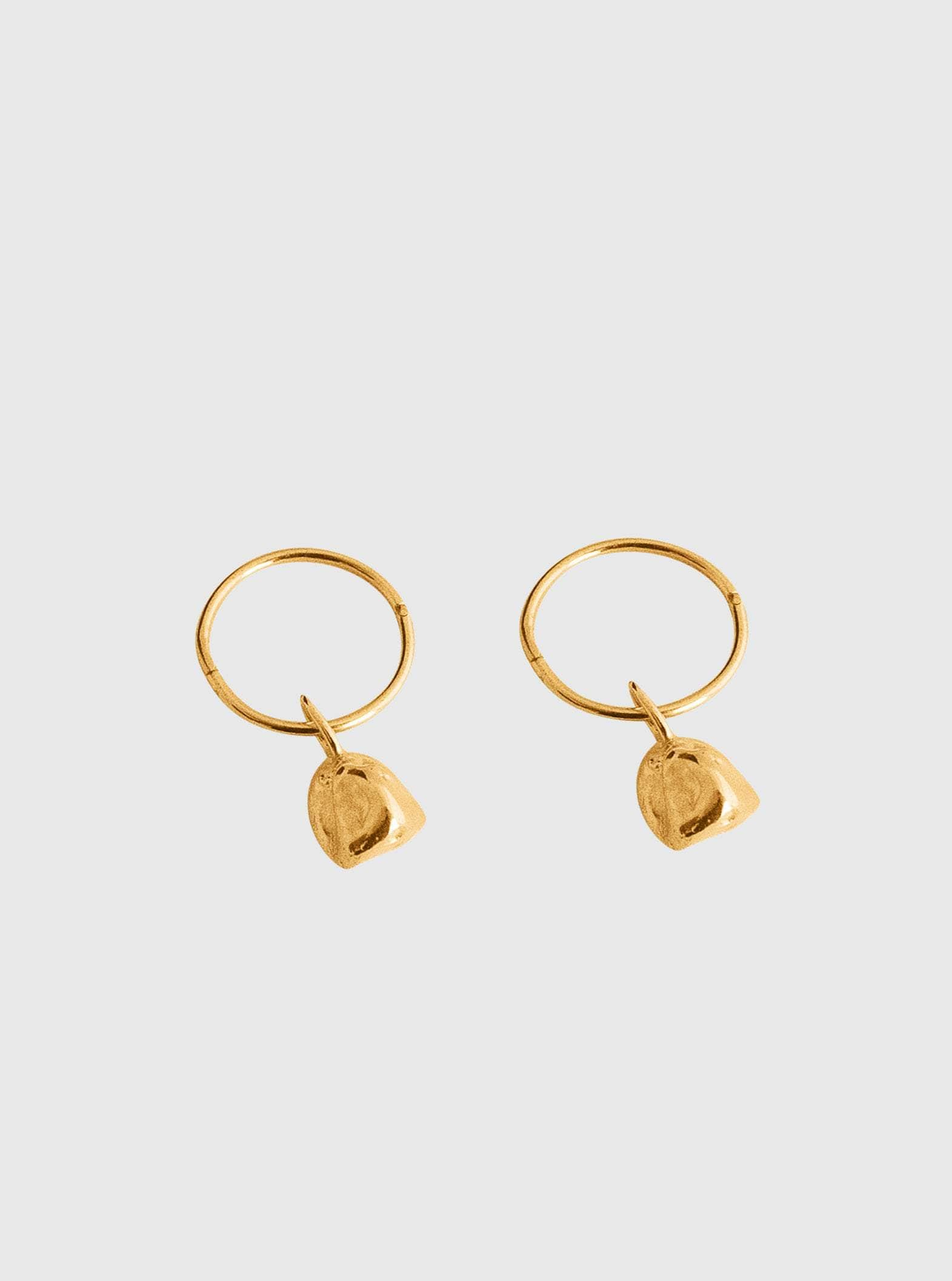
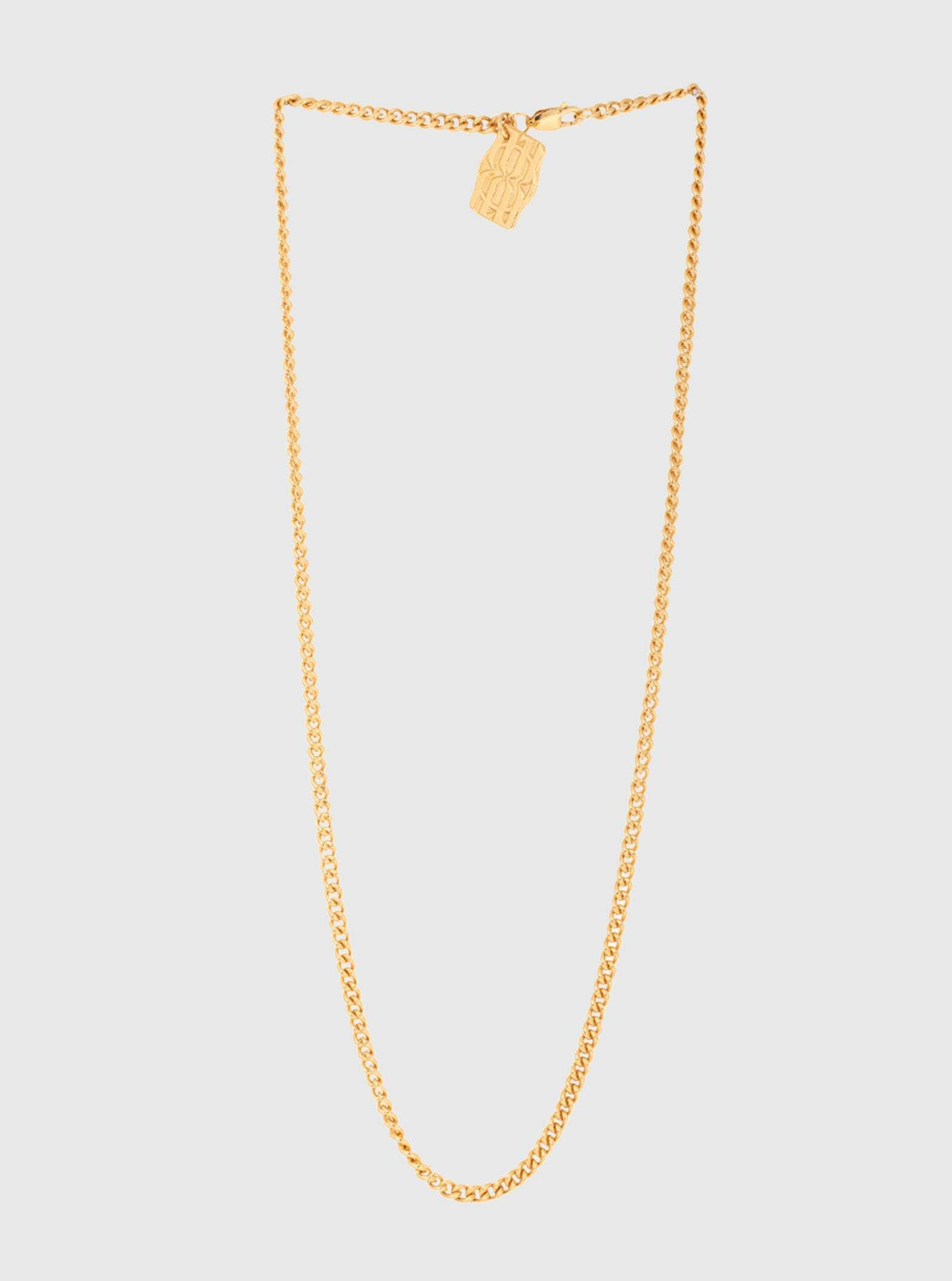
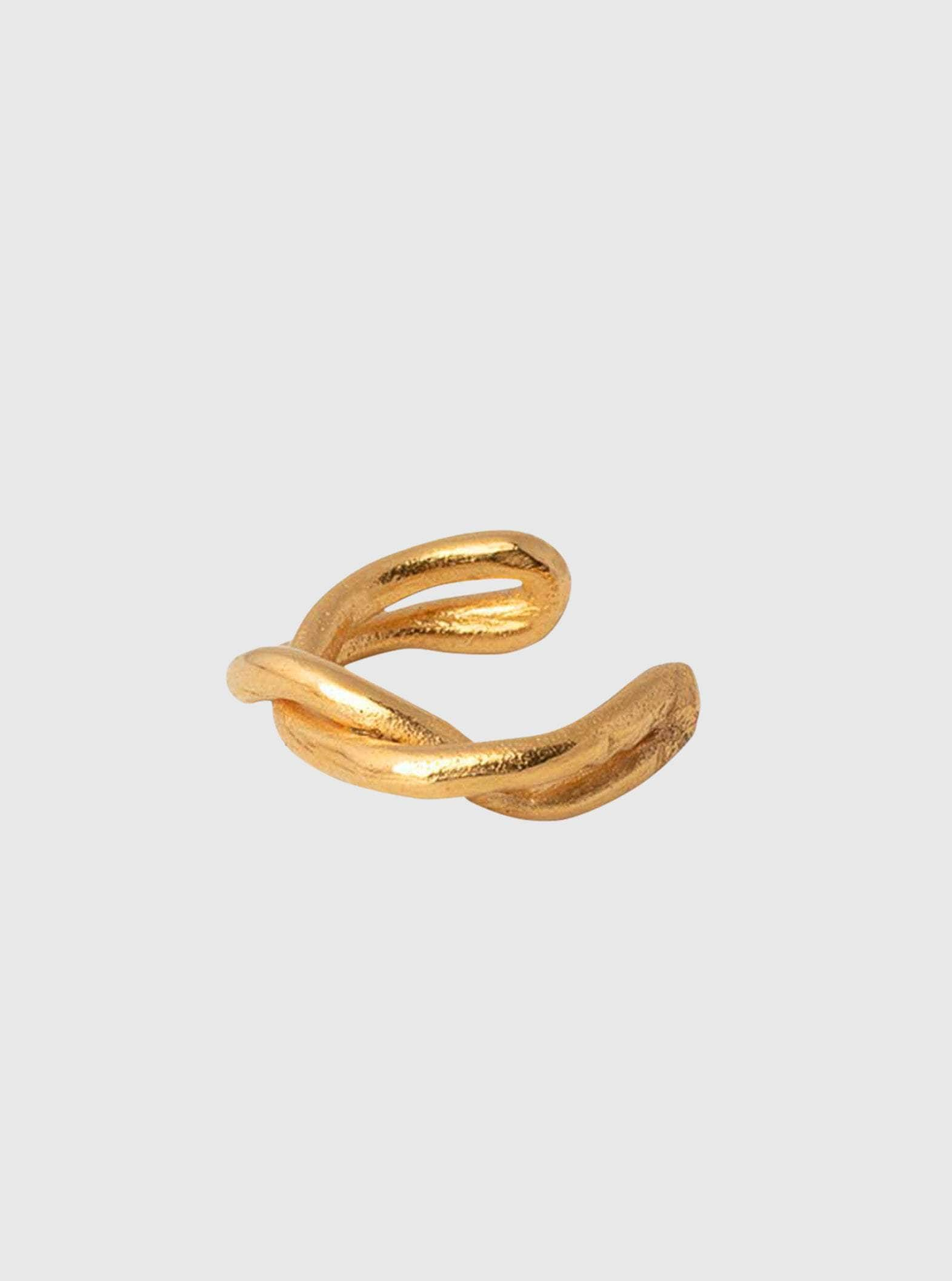
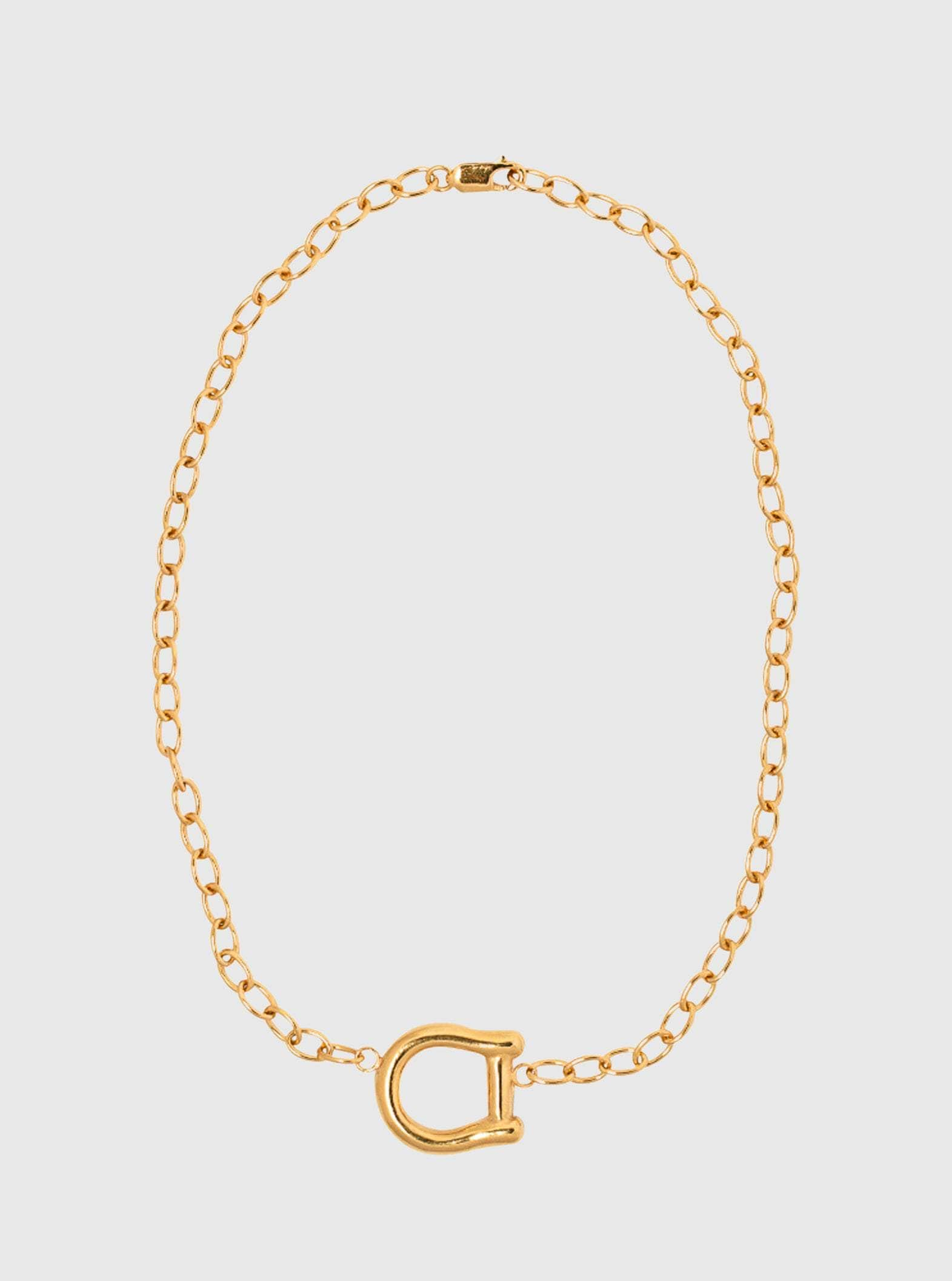
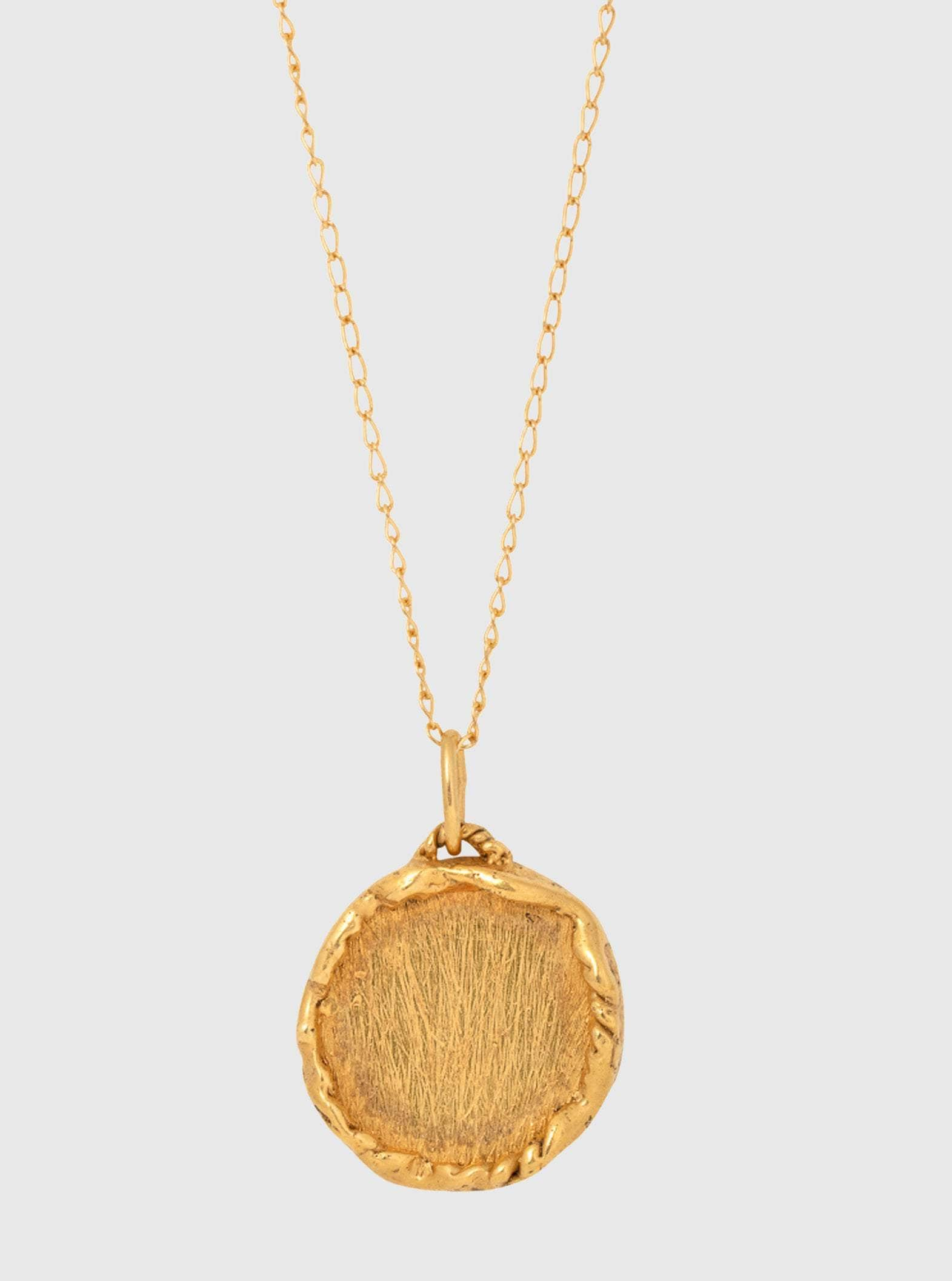

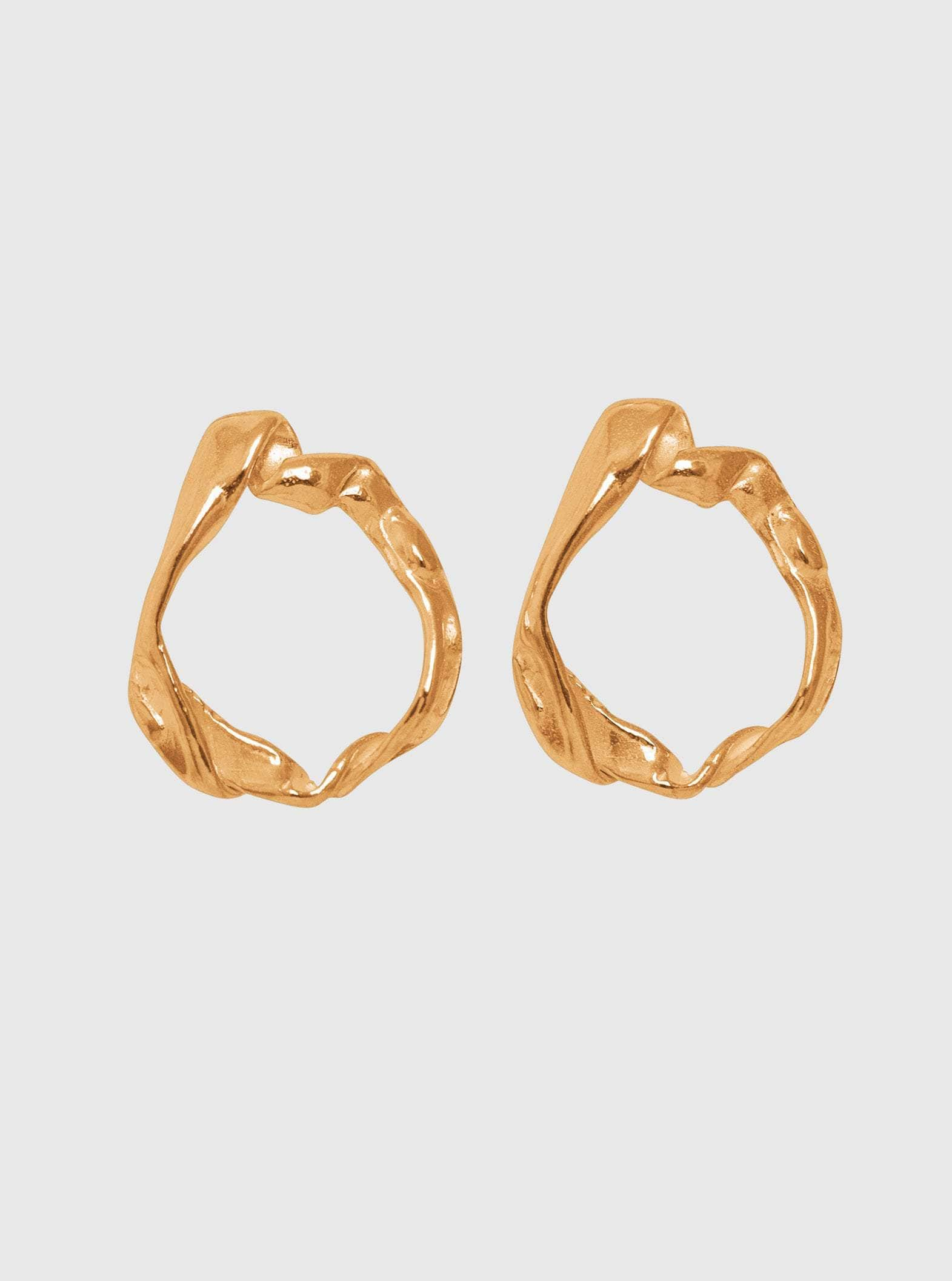

Little Chubbies Hoops Gold Vermeil
Monarc Jewellery

Hermione Hoop Earrings Two-Tone
Monarc Jewellery

Hermione Hoop Earrings Sterling Silver
Monarc Jewellery

Anna Mini Huggie Hoop Sterling Silver
Monarc Jewellery

Remie Huggie Hoop Gold Vermeil
Monarc Jewellery
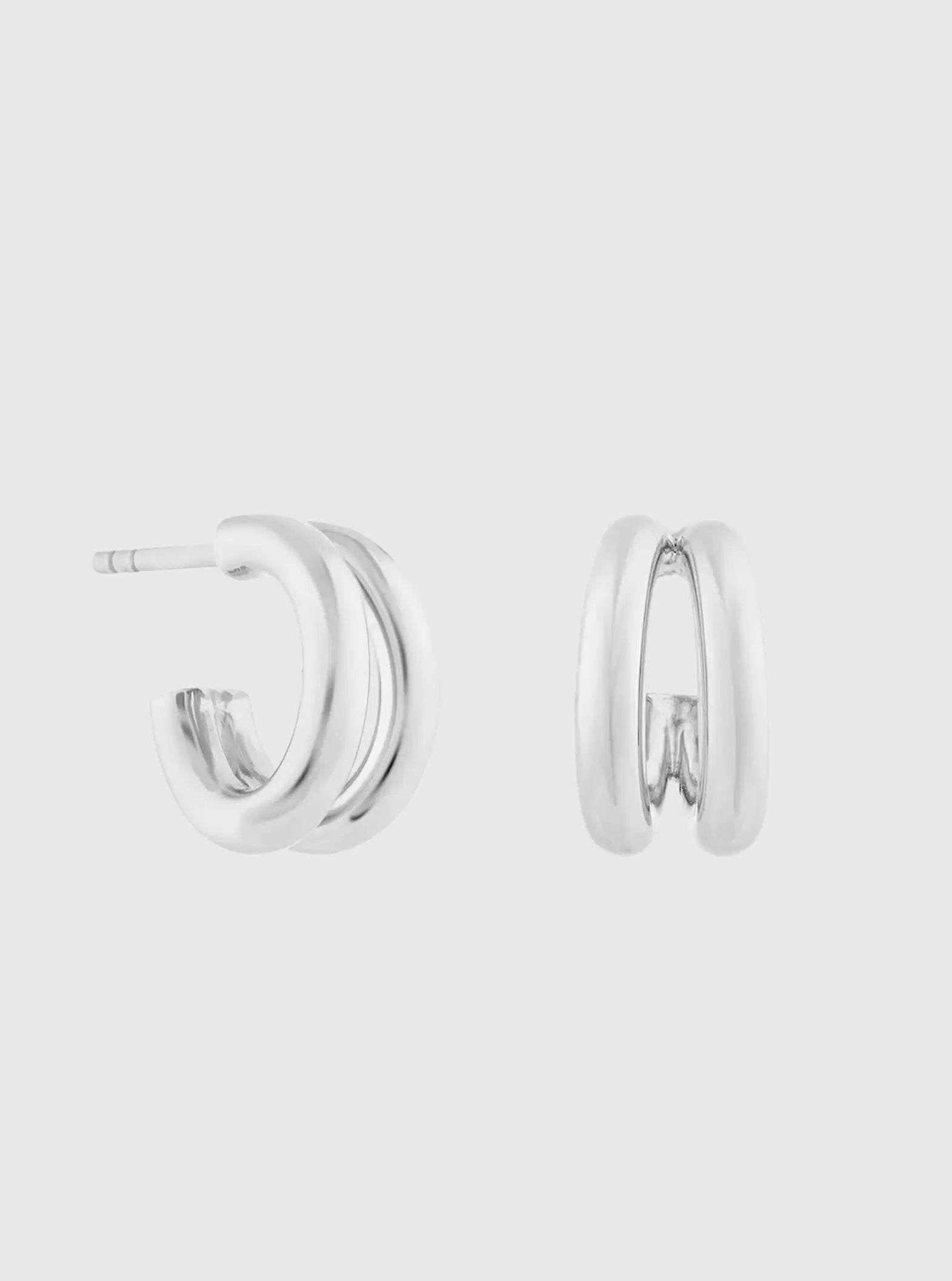
Debbie Double Hoop Earrings Sterling Silver
Monarc Jewellery

Debbie Double Hoop Earrings Gold Vermeil
Monarc Jewellery

Puzzle Ring Two-Tone
Monarc Jewellery

Suitor Chain Necklace
Monarc Jewellery

Suitor Chain Necklace Gold Vermeil
Monarc Jewellery

Puzzle Ring Sterling Silver
Monarc Jewellery

Oval Chubbies Hoops Sterling Silver
Monarc Jewellery

Oval Chubbies Hoops Gold Vermeil
Monarc Jewellery

Remie Huggie Hoop Sterling Silver
Monarc Jewellery

Hermione Hoop Earrings Gold Vermeil
Monarc Jewellery

Josephine Orb Necklace Sterling Silver
Monarc Jewellery

Josephine Orb Necklace Gold Vermeil
Monarc Jewellery

Courbure Ring Gold Vermeil
Monarc Jewellery

Courbure Hoop Earrings Sterling Silver
Monarc Jewellery

Courbure Hoop Earrings Gold Vermeil
Monarc Jewellery

Courbure Ring Sterling Silver
Monarc Jewellery

Suitor Chain Bracelet & Anklet Sterling Silver
Monarc Jewellery

Suitor Chain Bracelet & Anklet Gold Vermeil
Monarc Jewellery

Tondo Signet Ring Sterling Silver
Monarc Jewellery

Classic Hoops 009
Released From Love

Cast Freshwater Pearl Drop Earrings 001
Released From Love

Classic Ear Cuff 002
Released From Love

Wasted Necklace 001
Released From Love

Classic Hoops 004
Released From Love

Wasted Earrings 008
Released From Love

Classic Hoops 002
Released From Love

Classic Hoops 001
Released From Love

Cast Keshi Sleepers
Released From Love

RFL Curb Chain
Released From Love

Classic Ear Cuff 001
Released From Love

Horseshoe Choker
Released From Love

Classic Coin Necklace
Released From Love

Classic Necklace 006
Released From Love

Wasted Earrings 003
Released From Love

ABOUT US
CUSTOMER CARE
EDITORIAL & RIISE PRODUCTIONS
© 2021 RIISE, All Rights Reservedjoin riise's mailing list for 10% off your first order.Availability














































